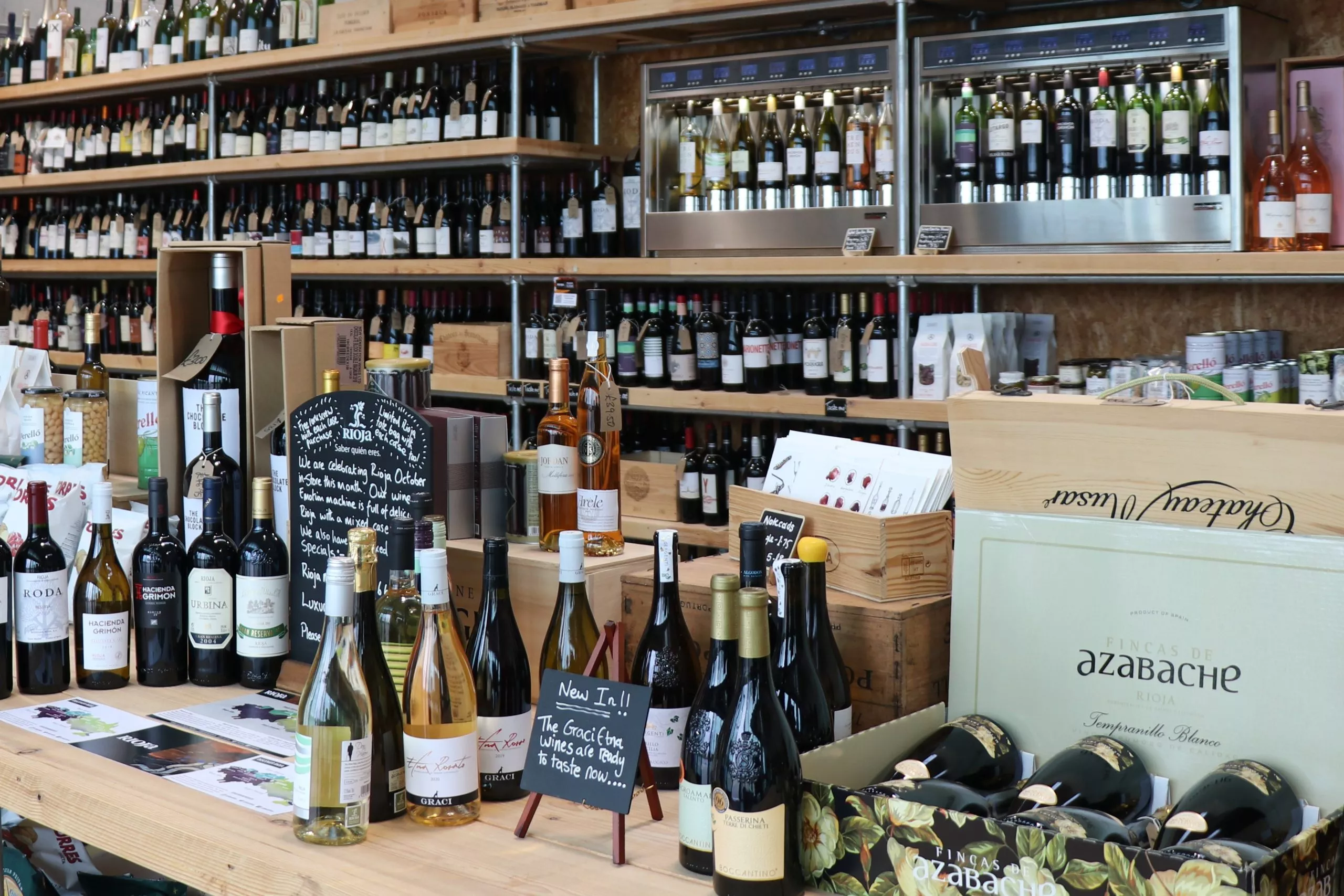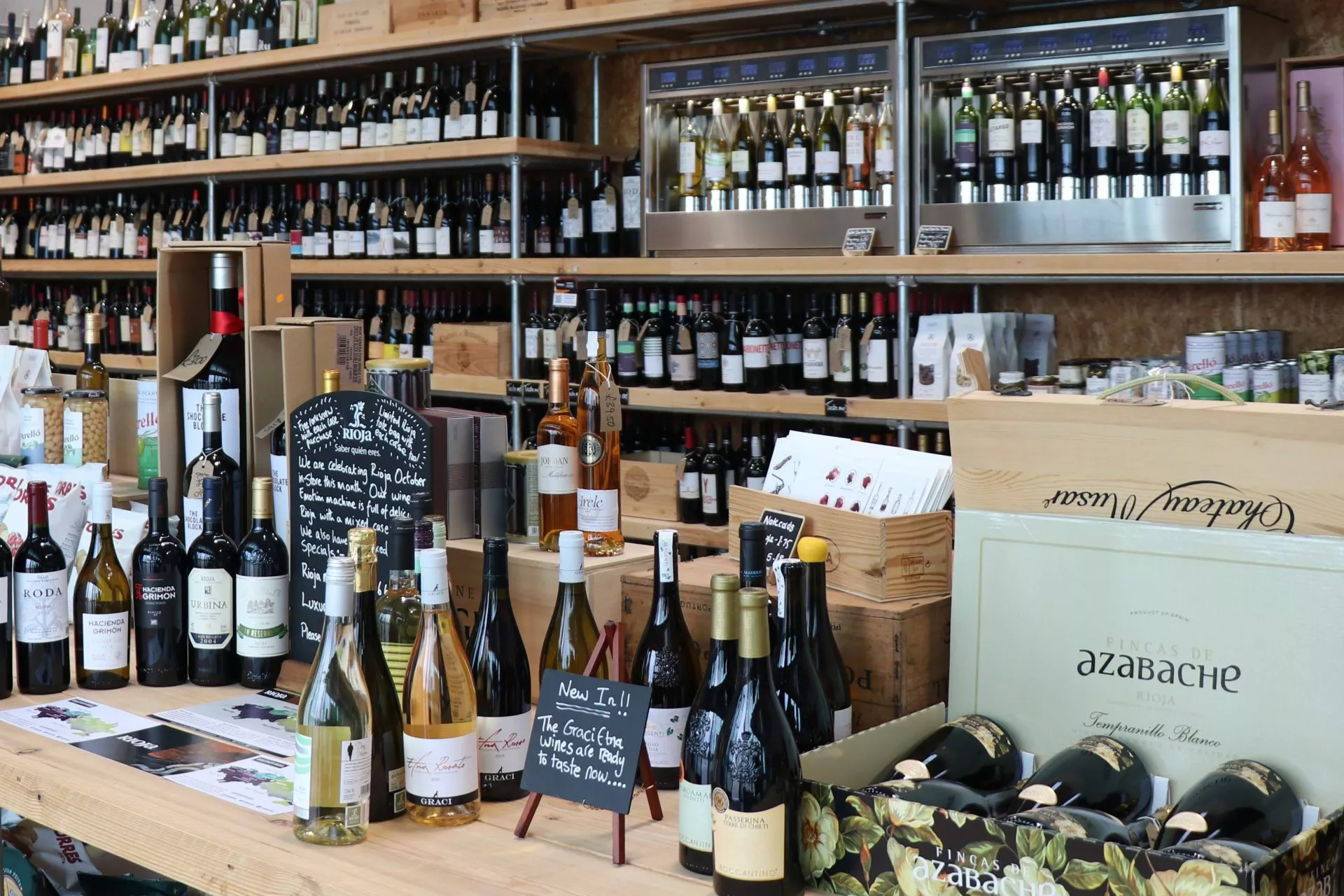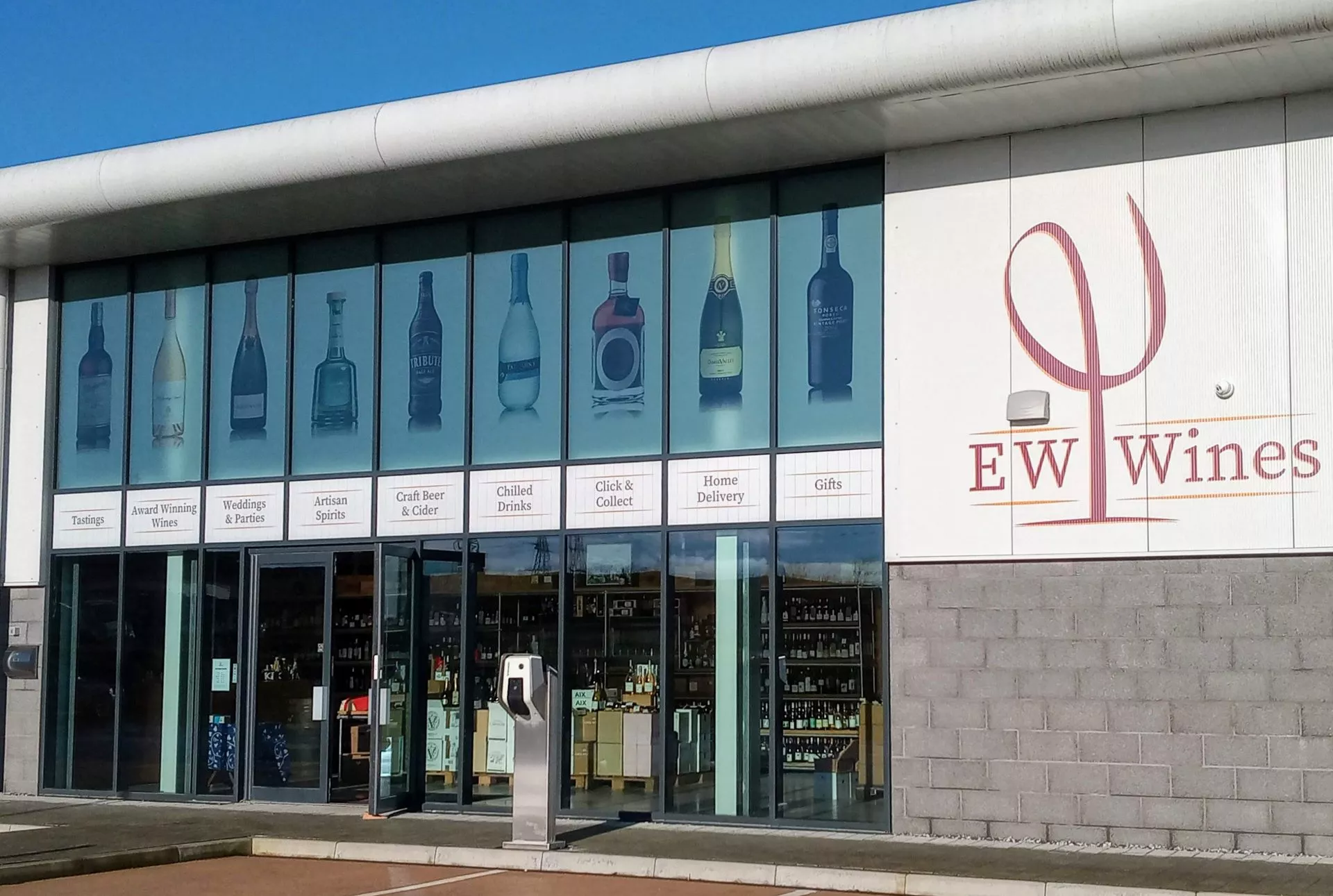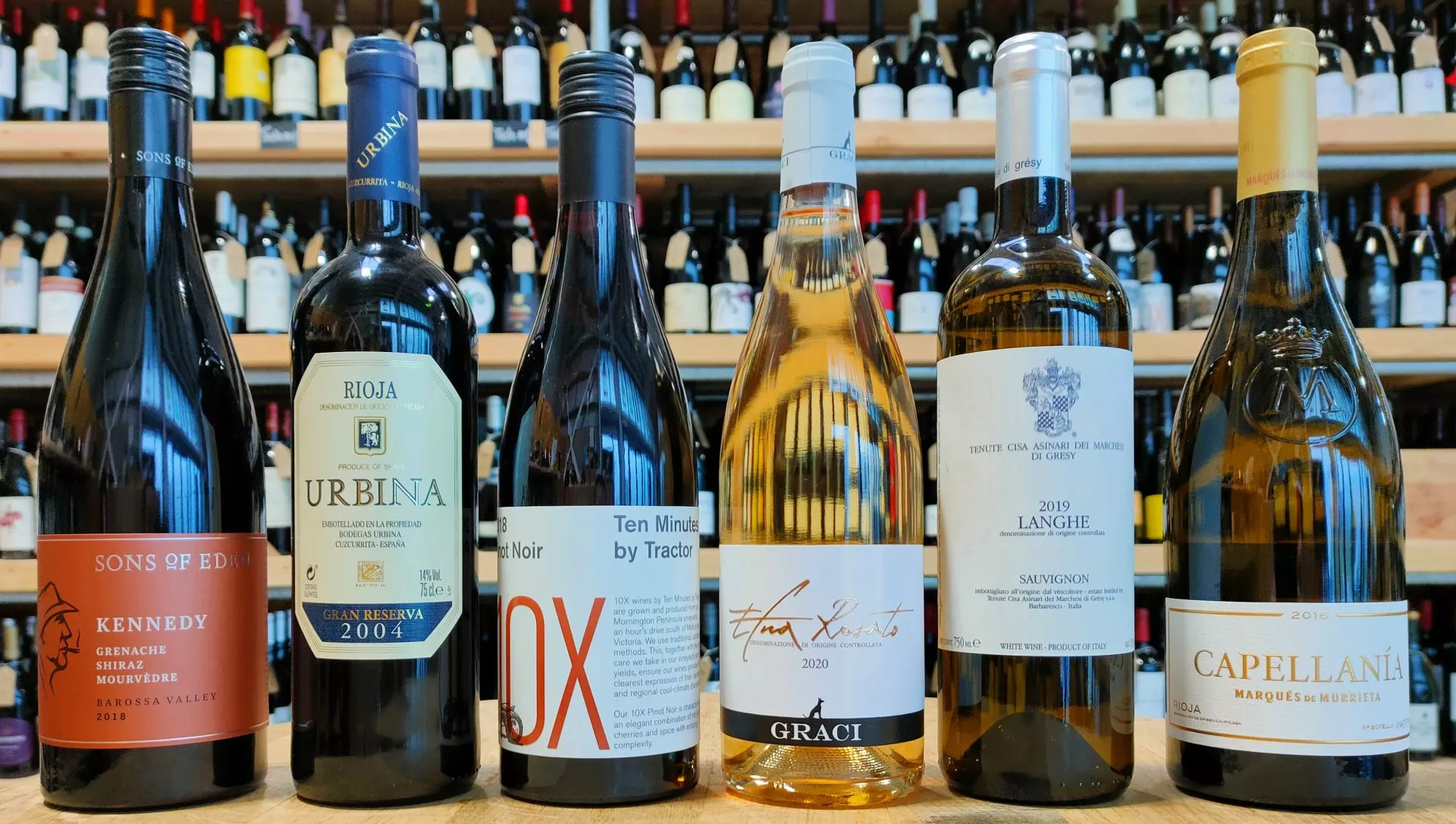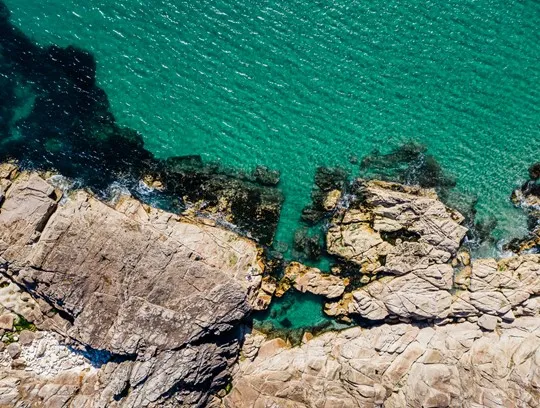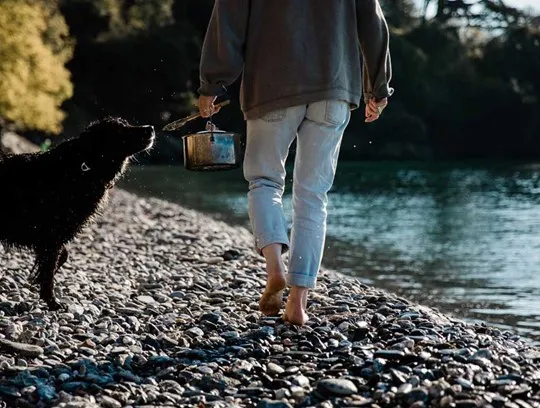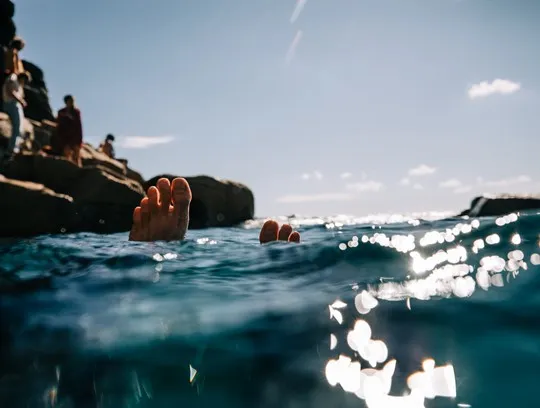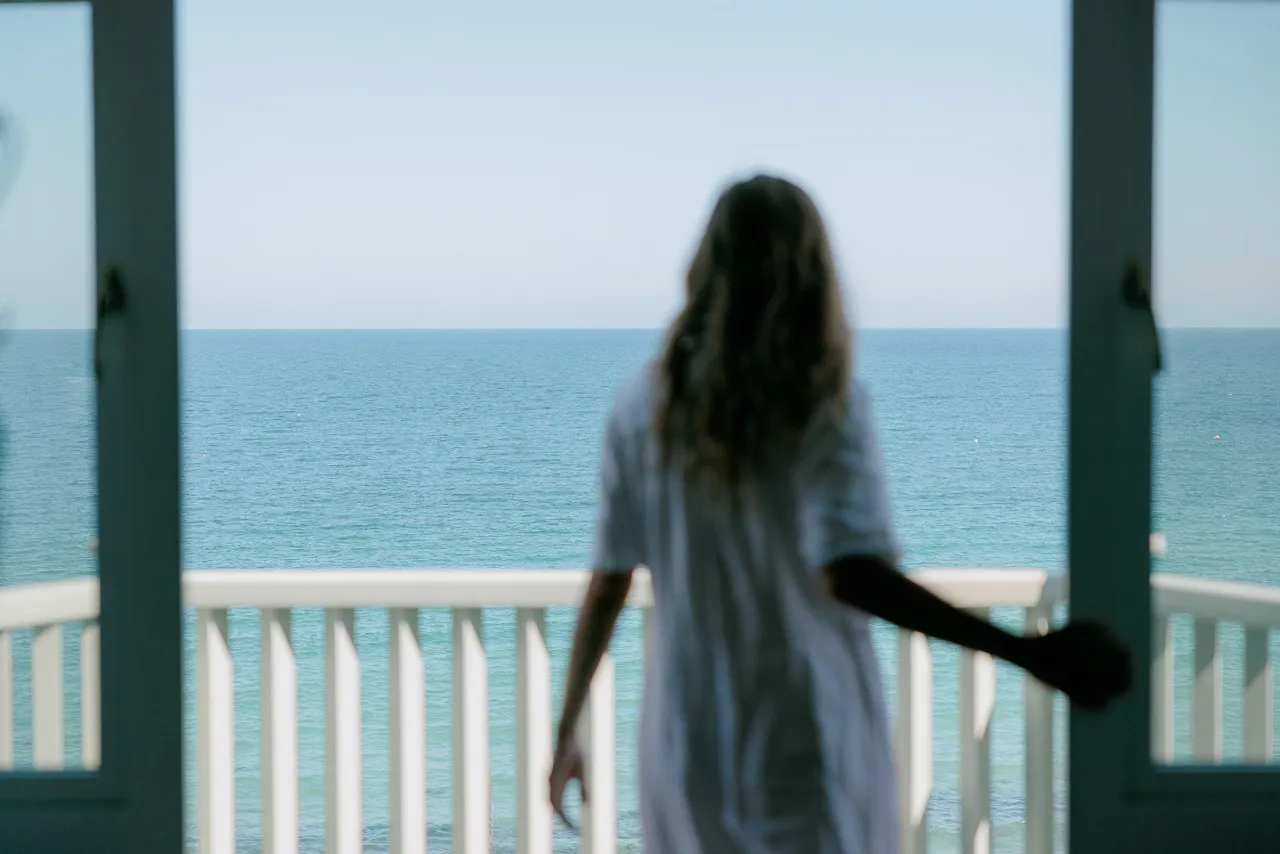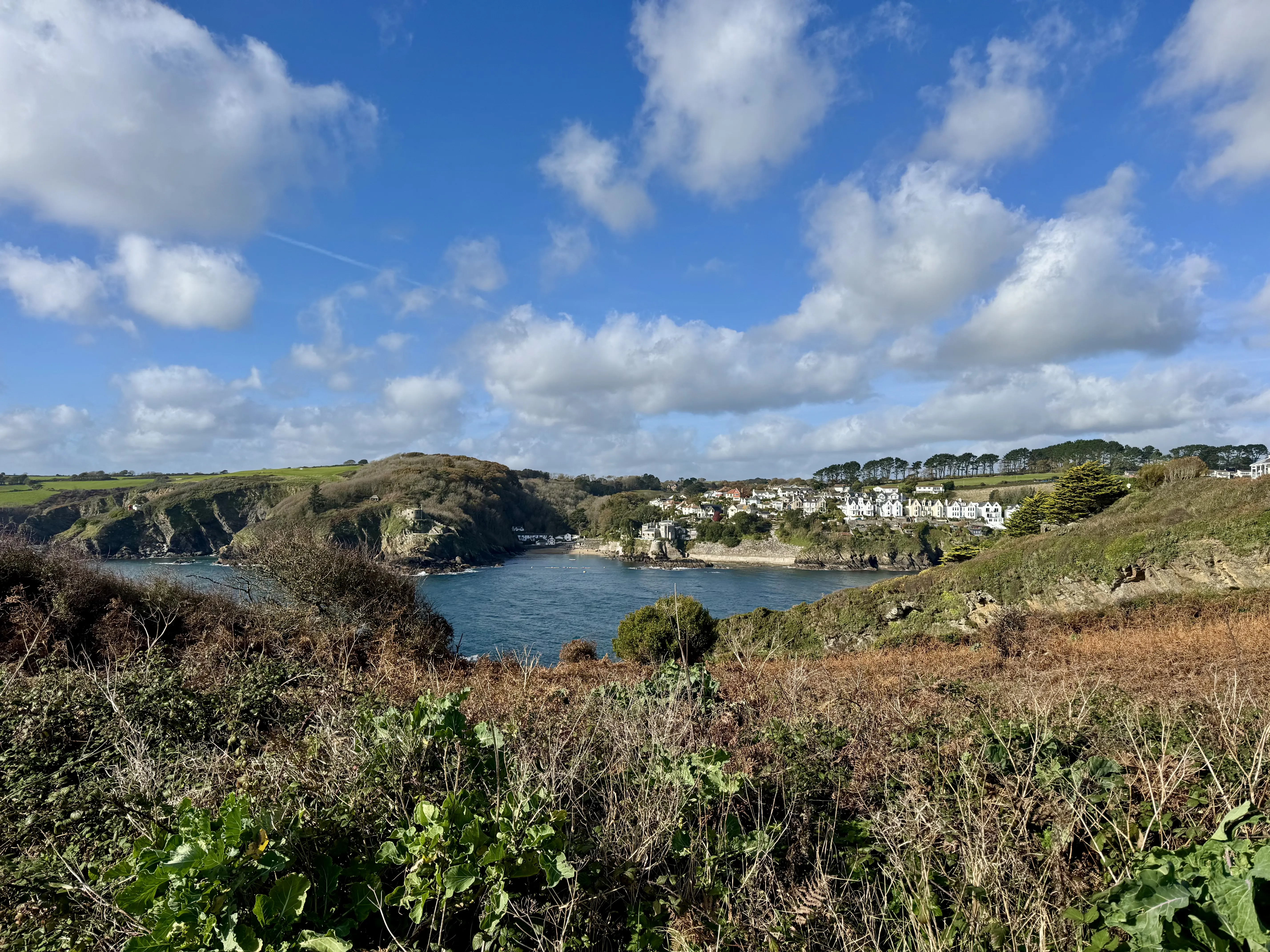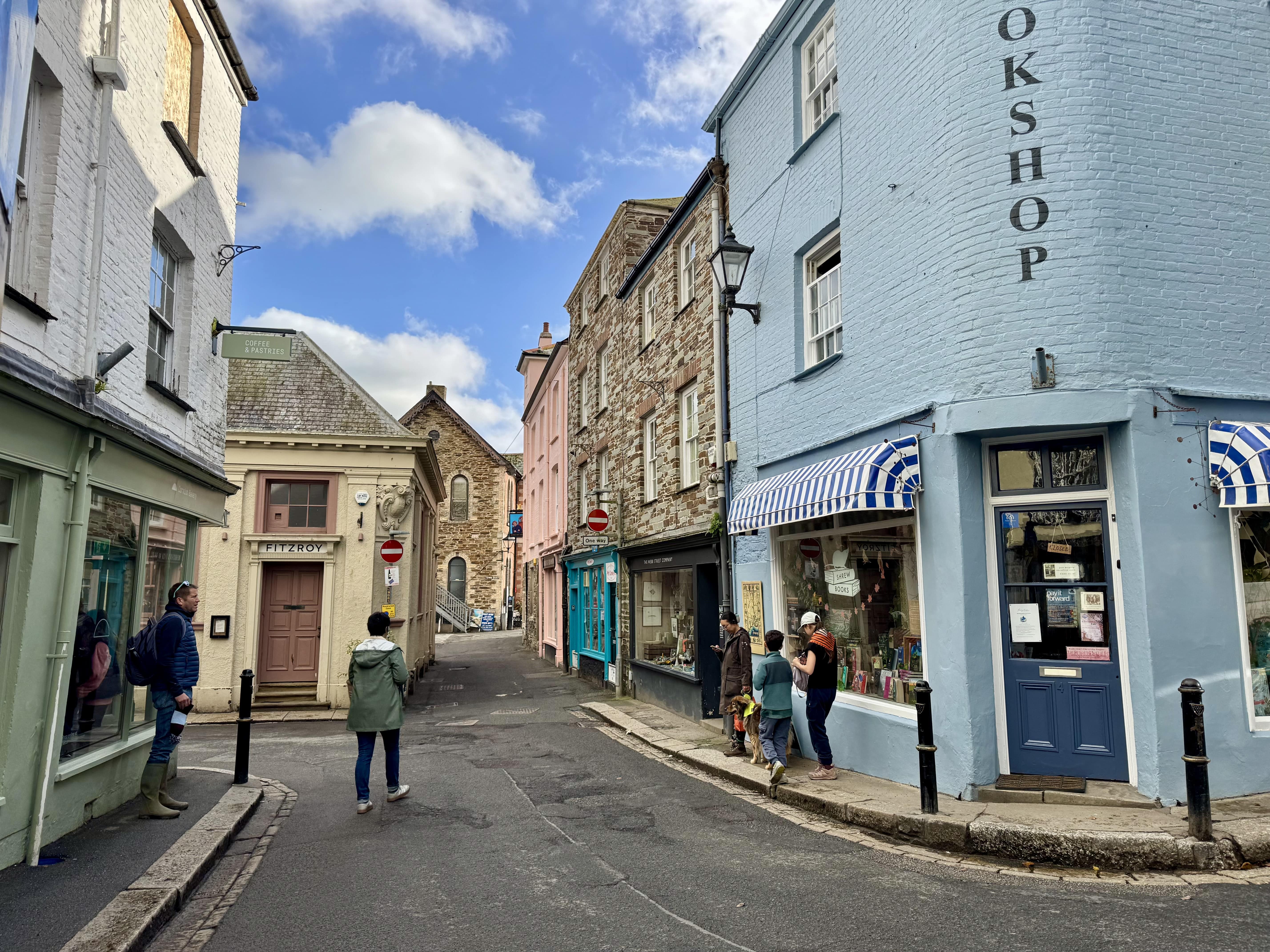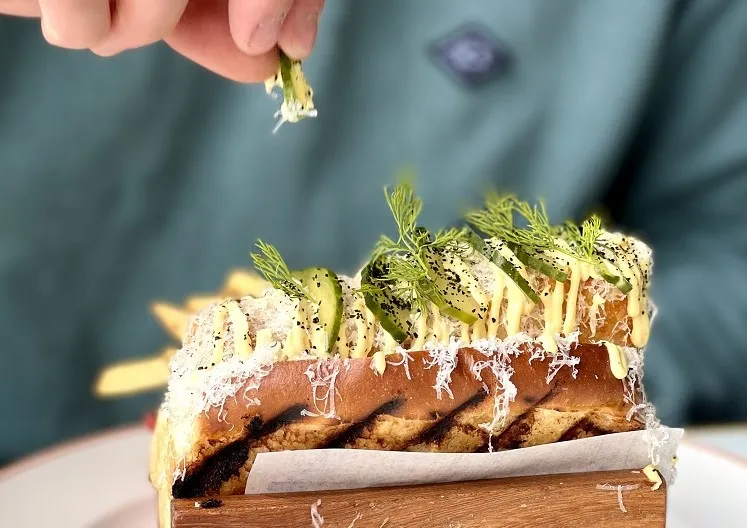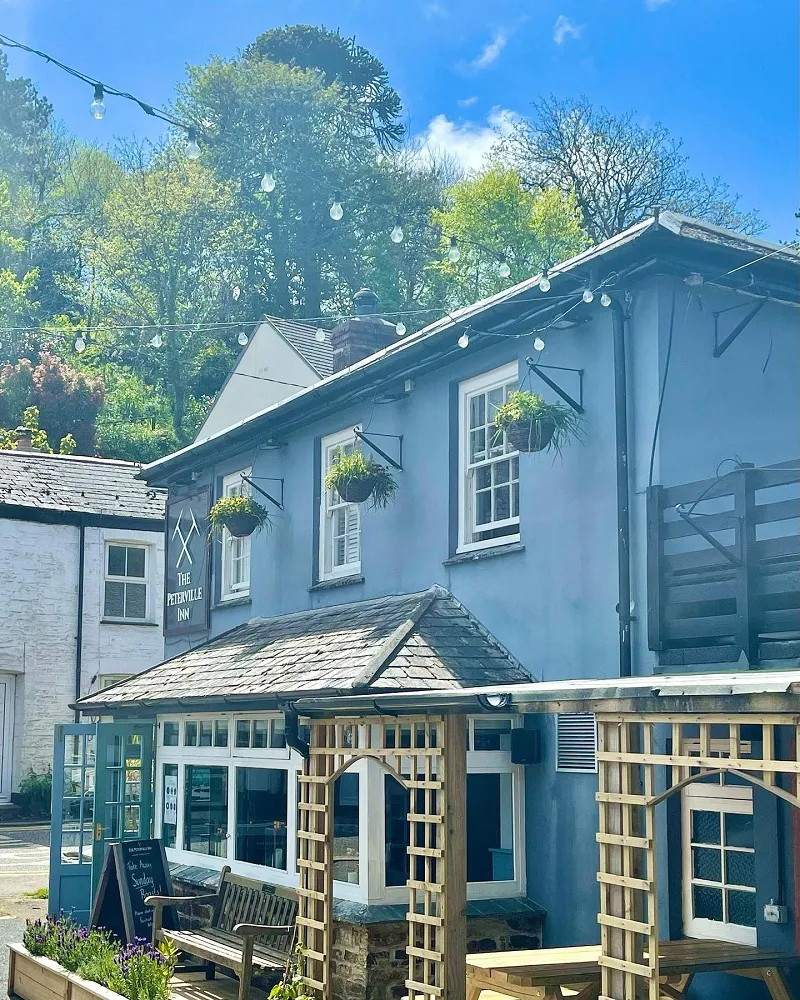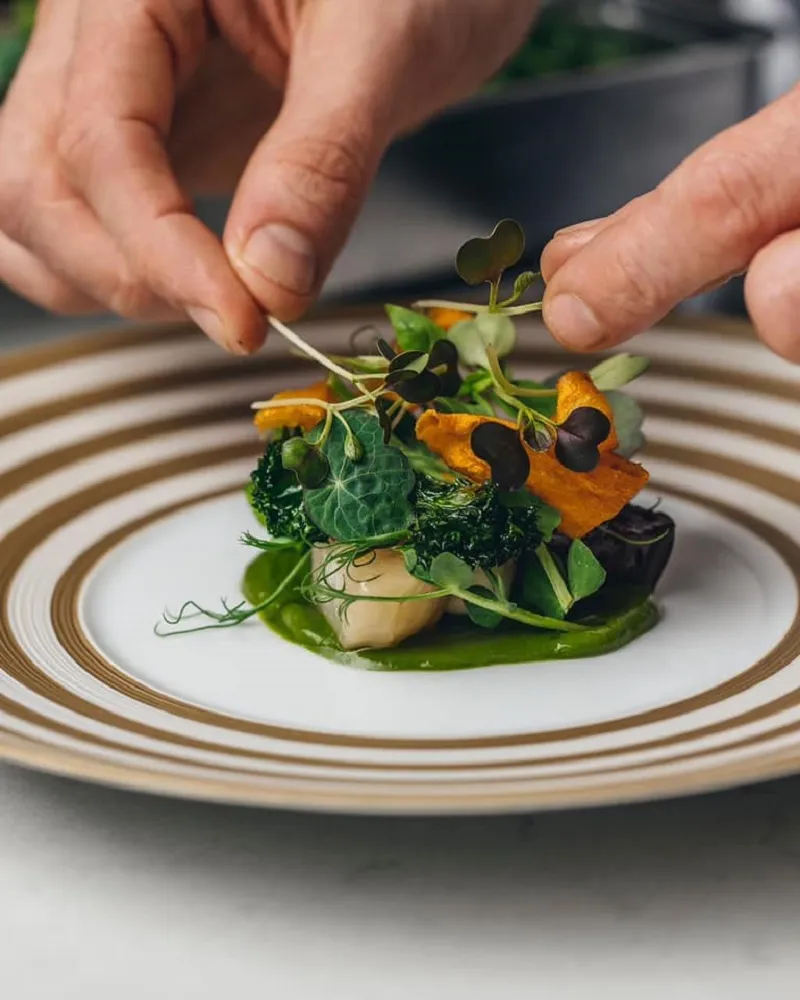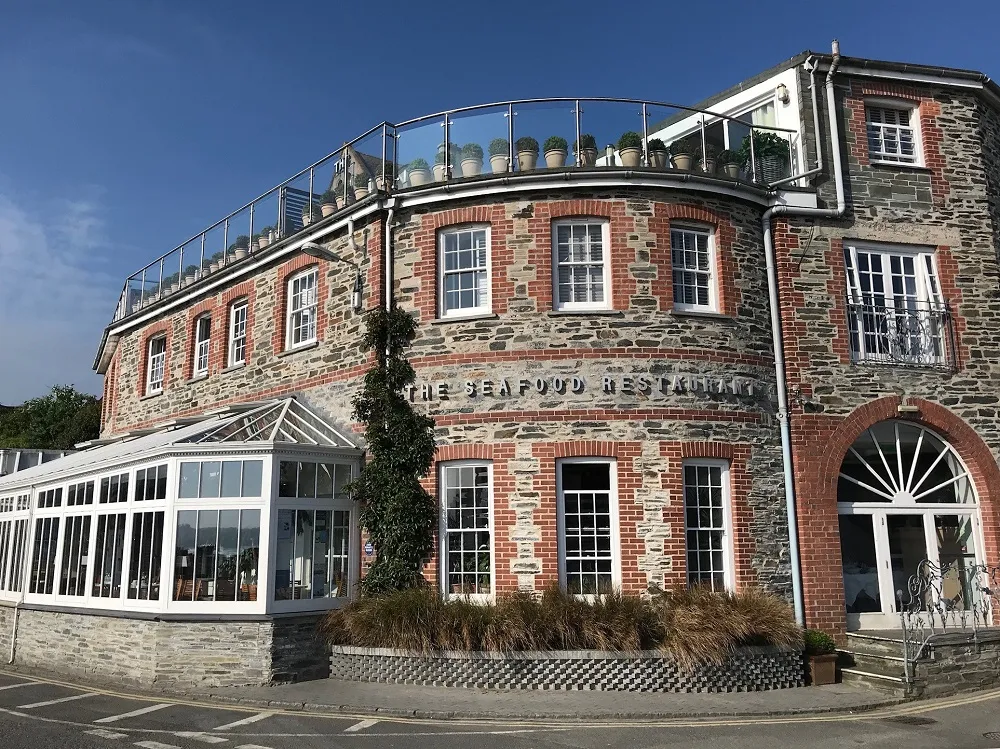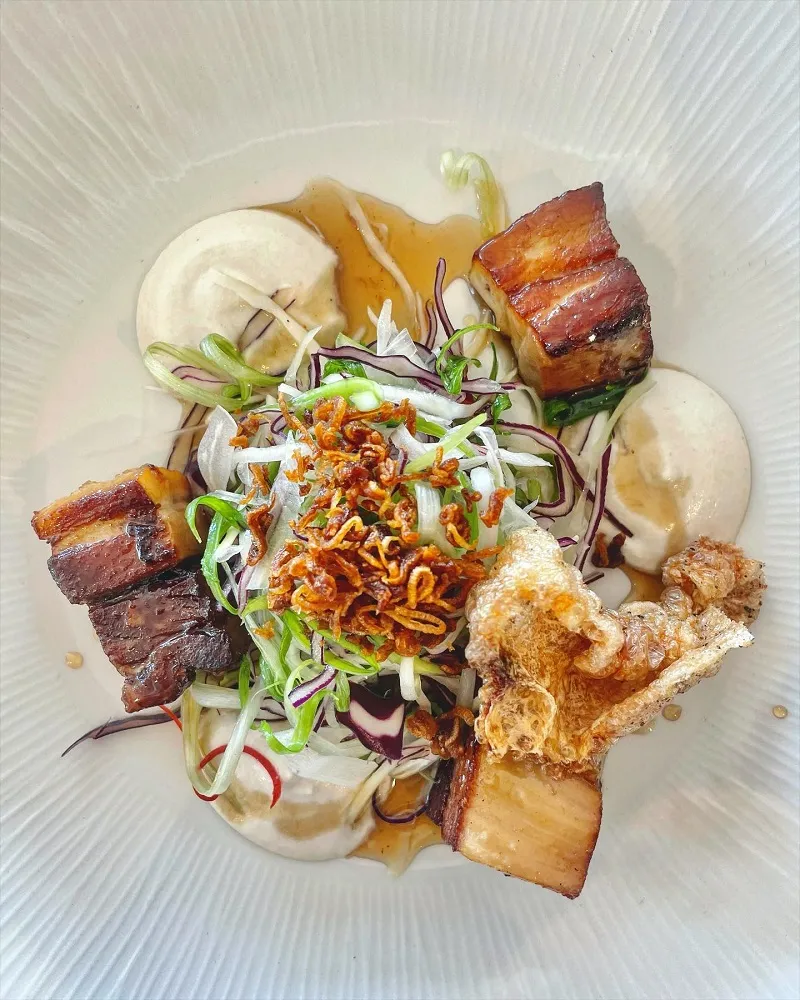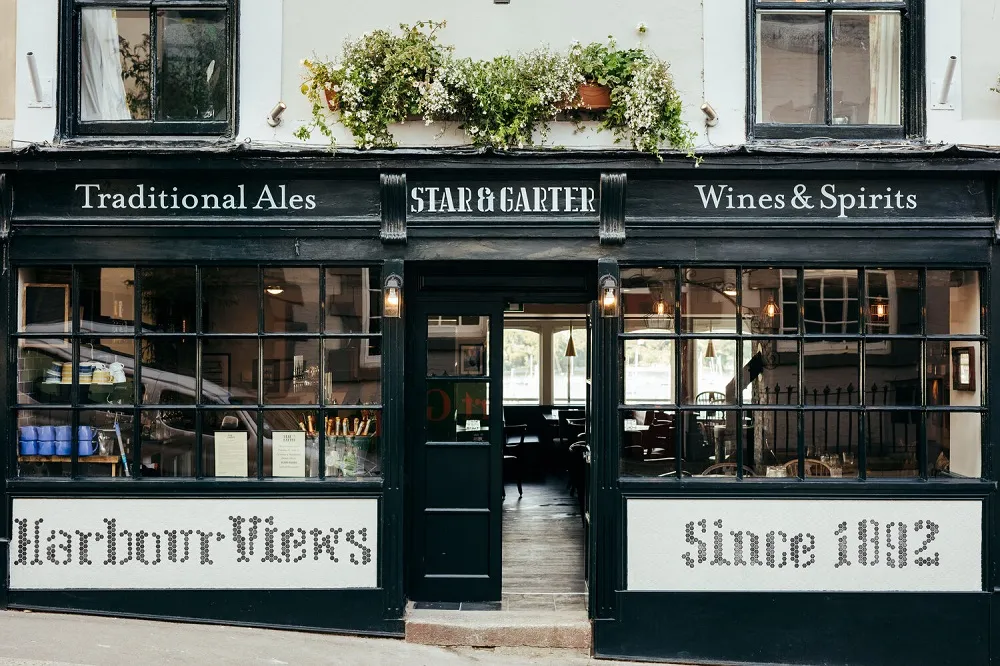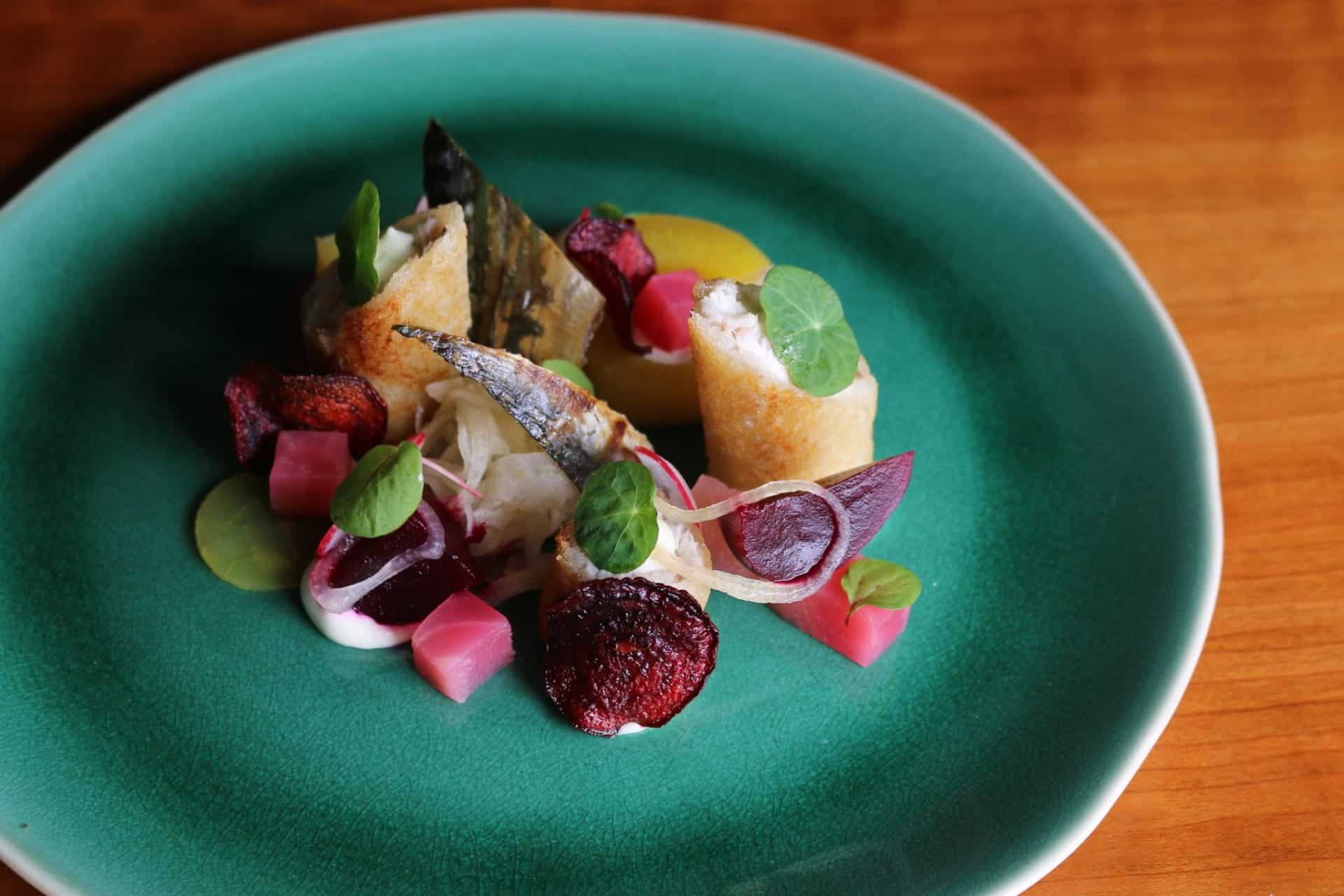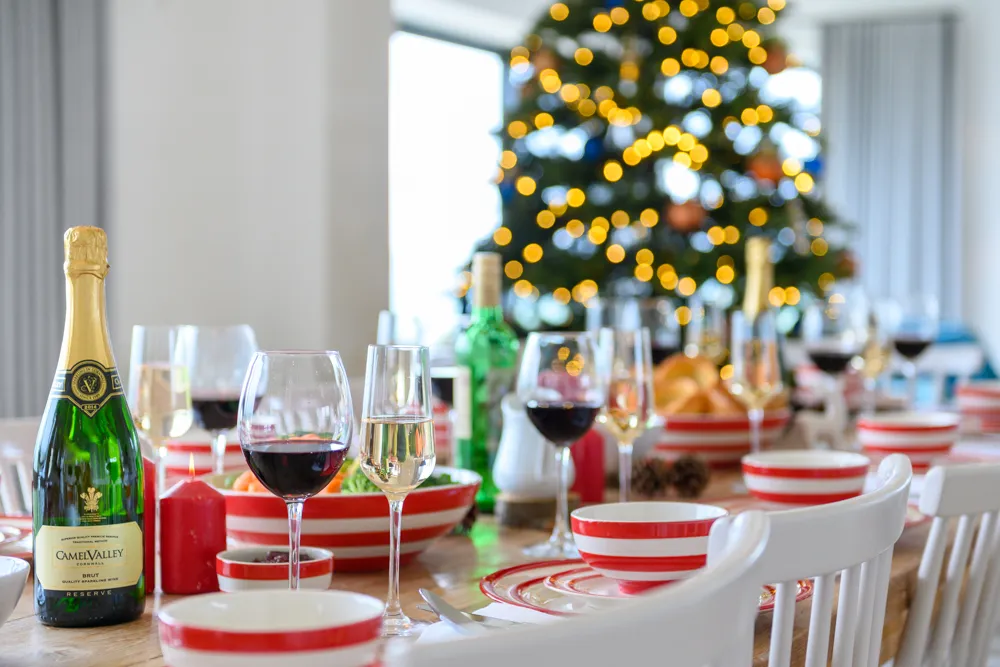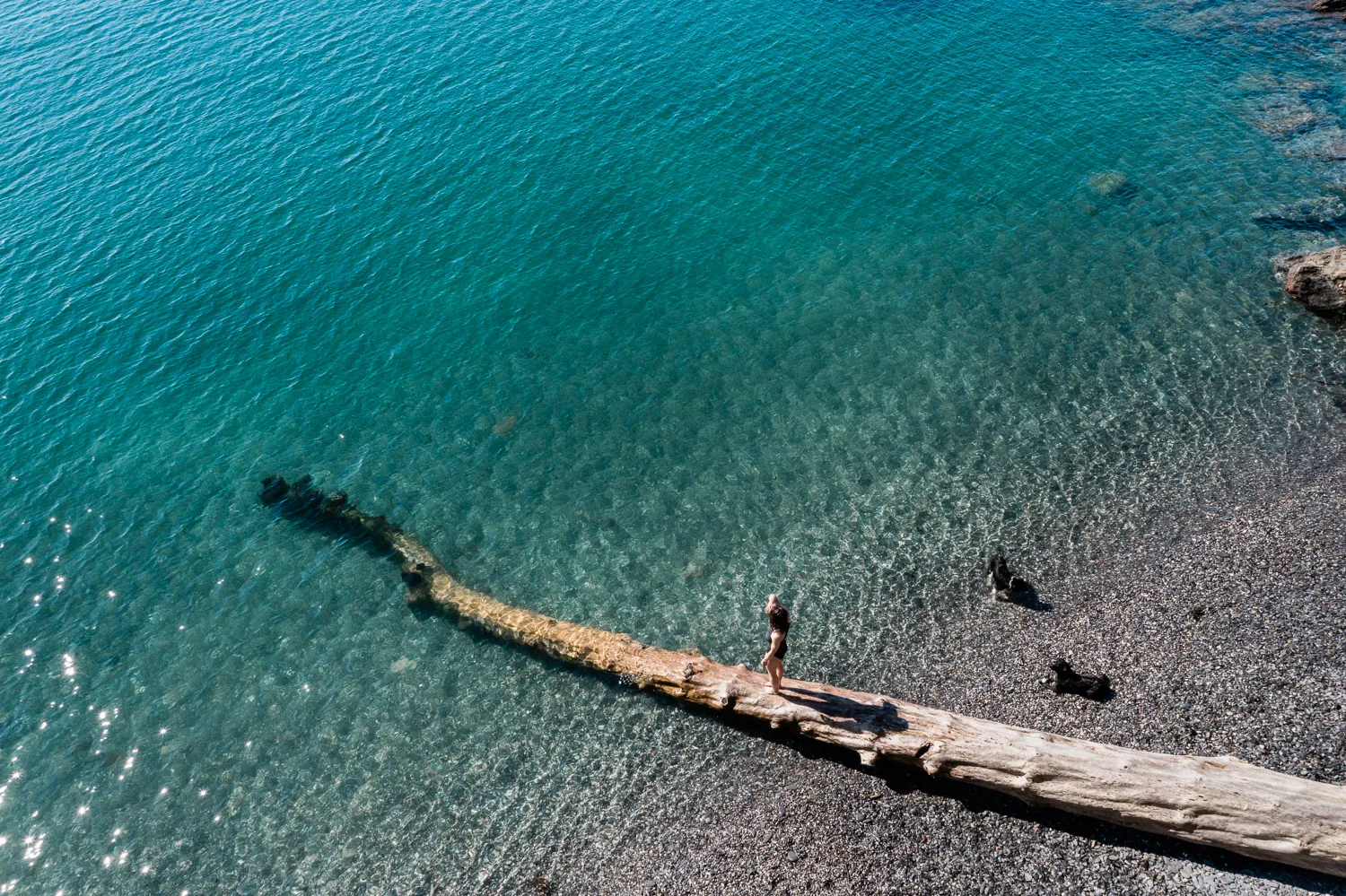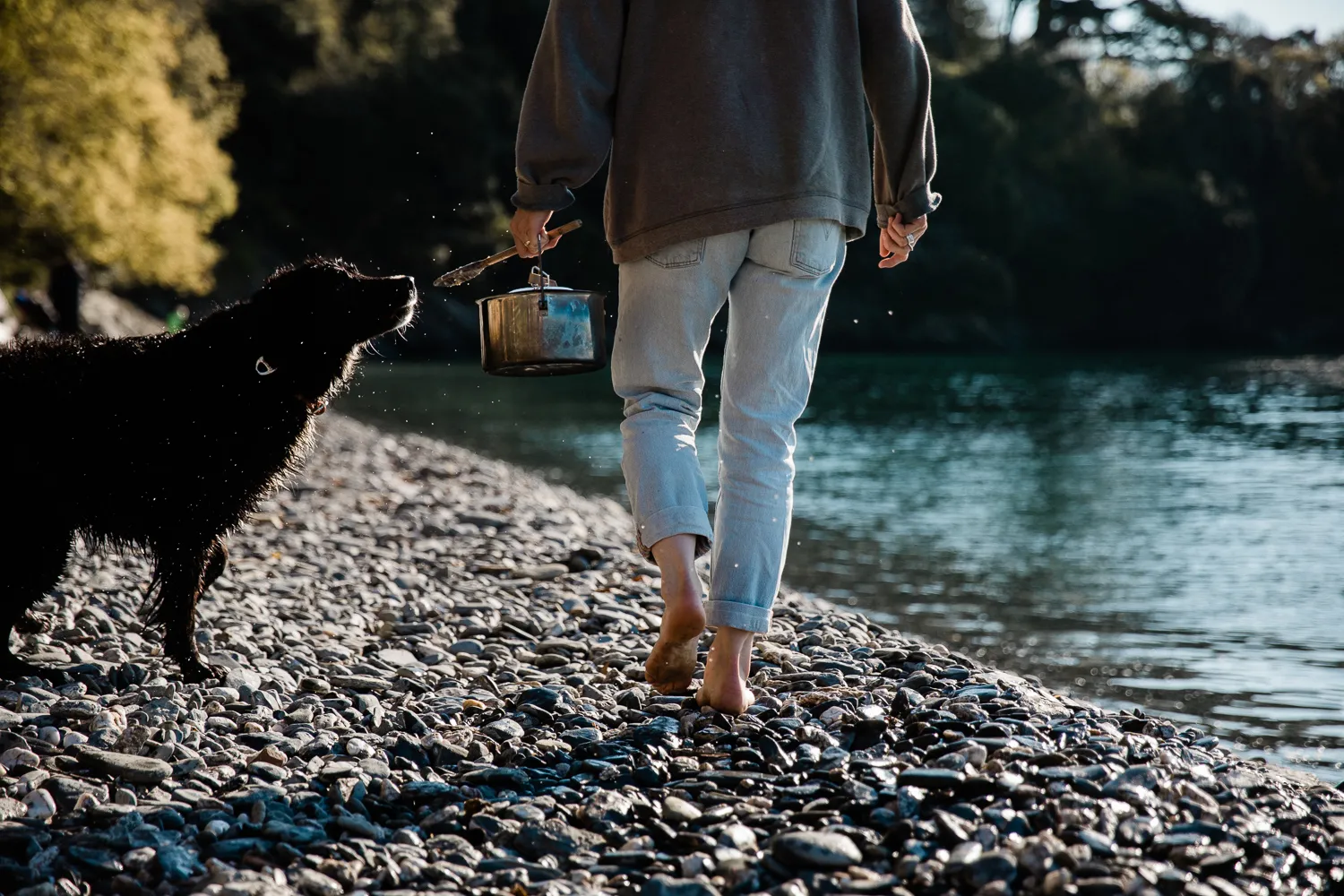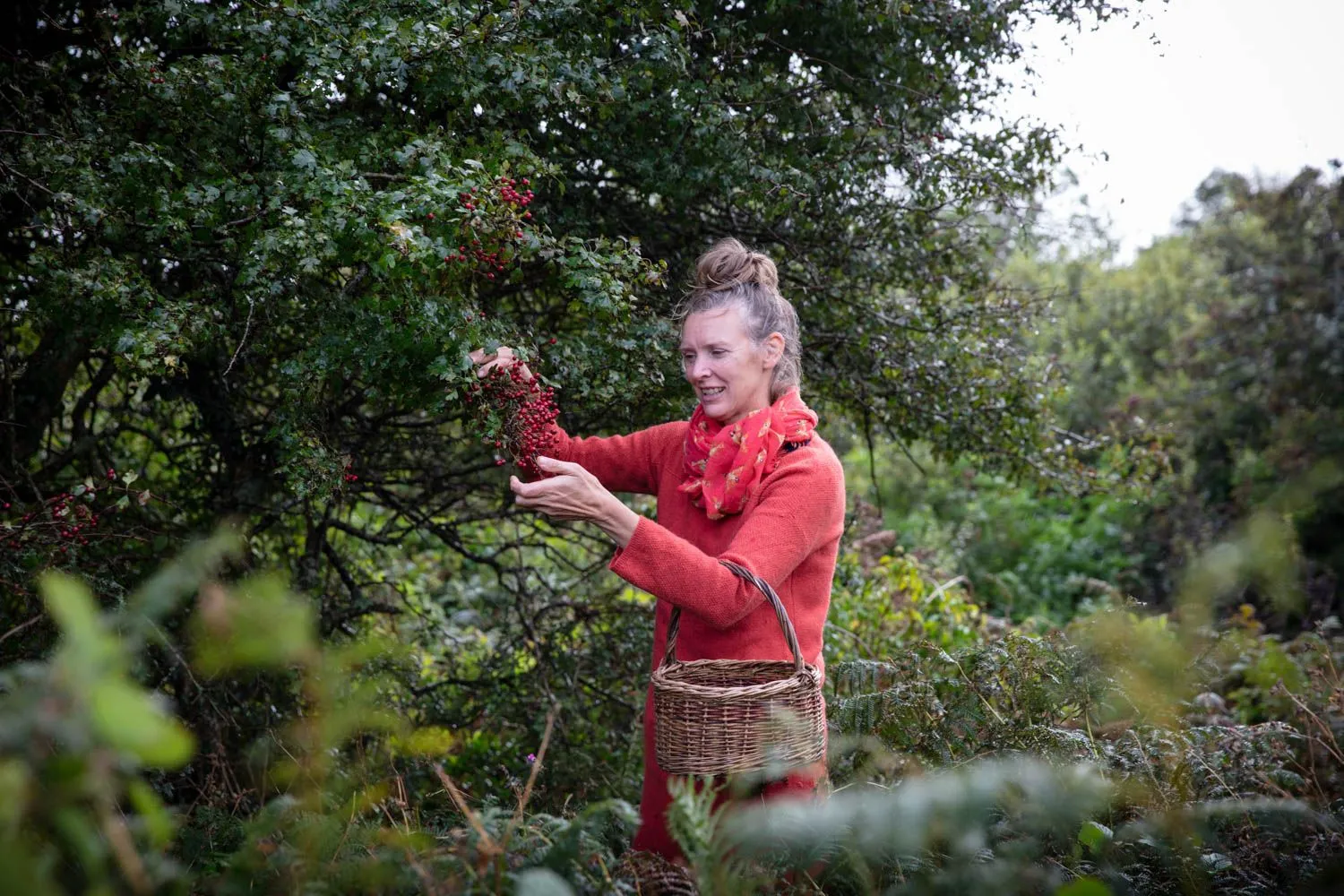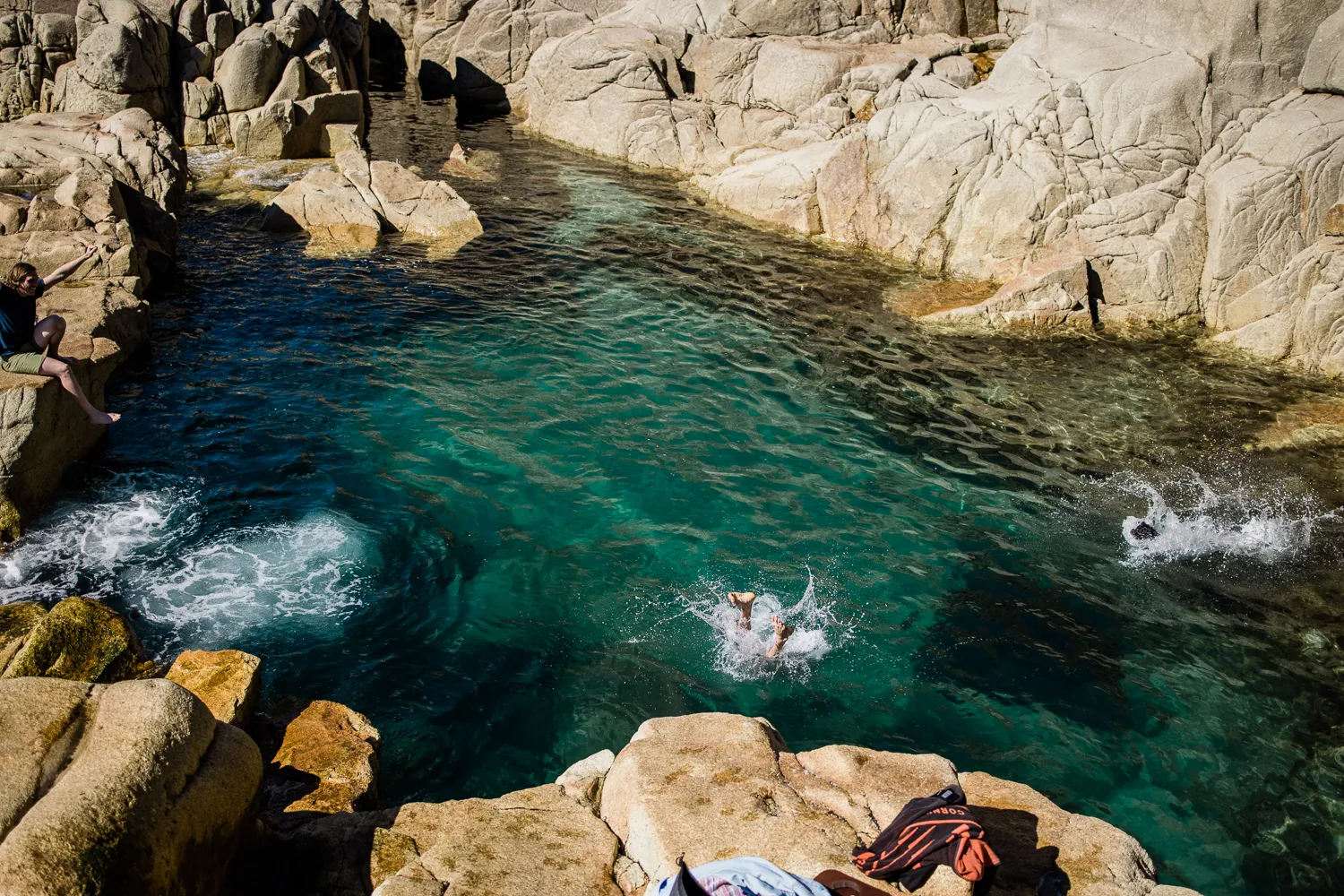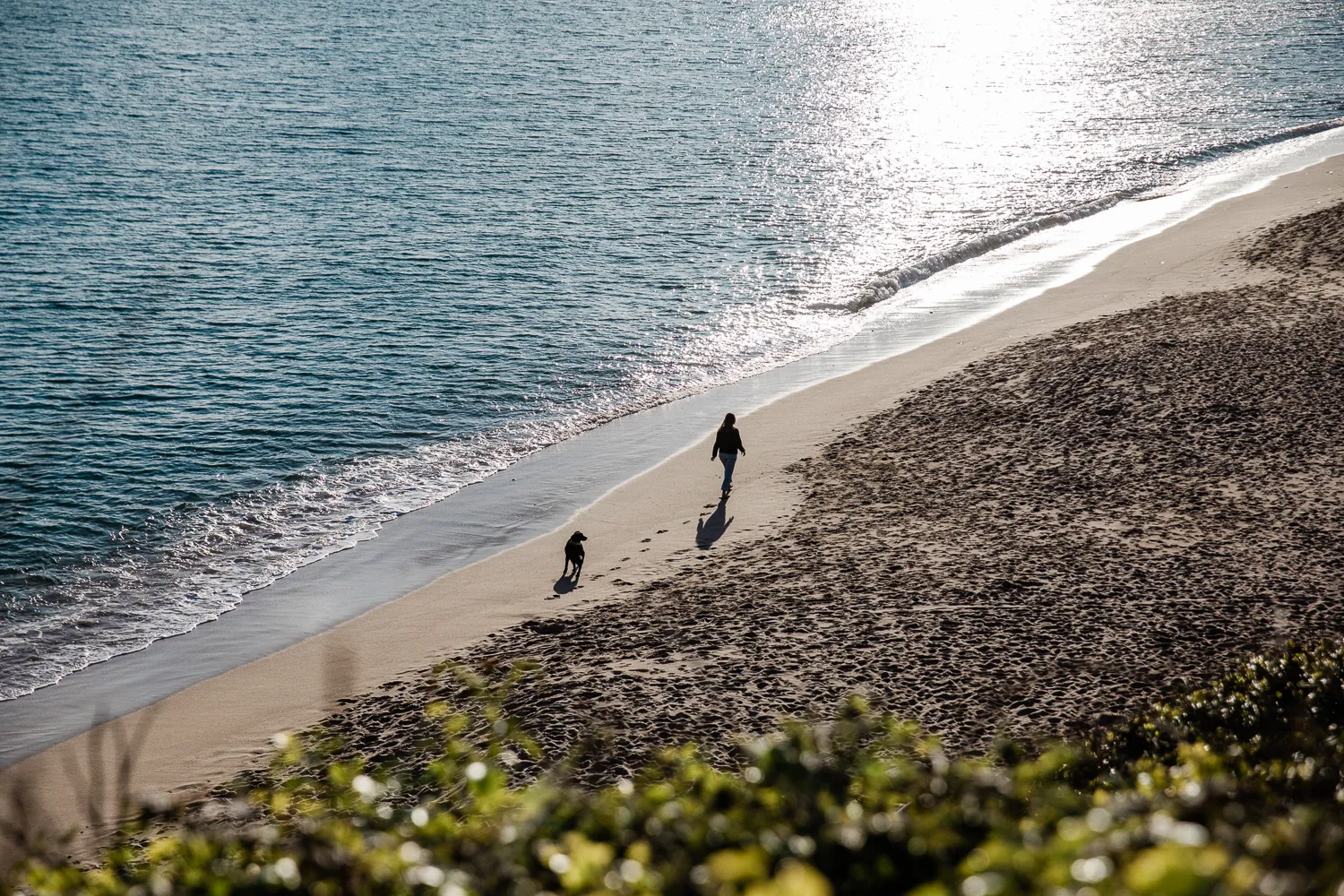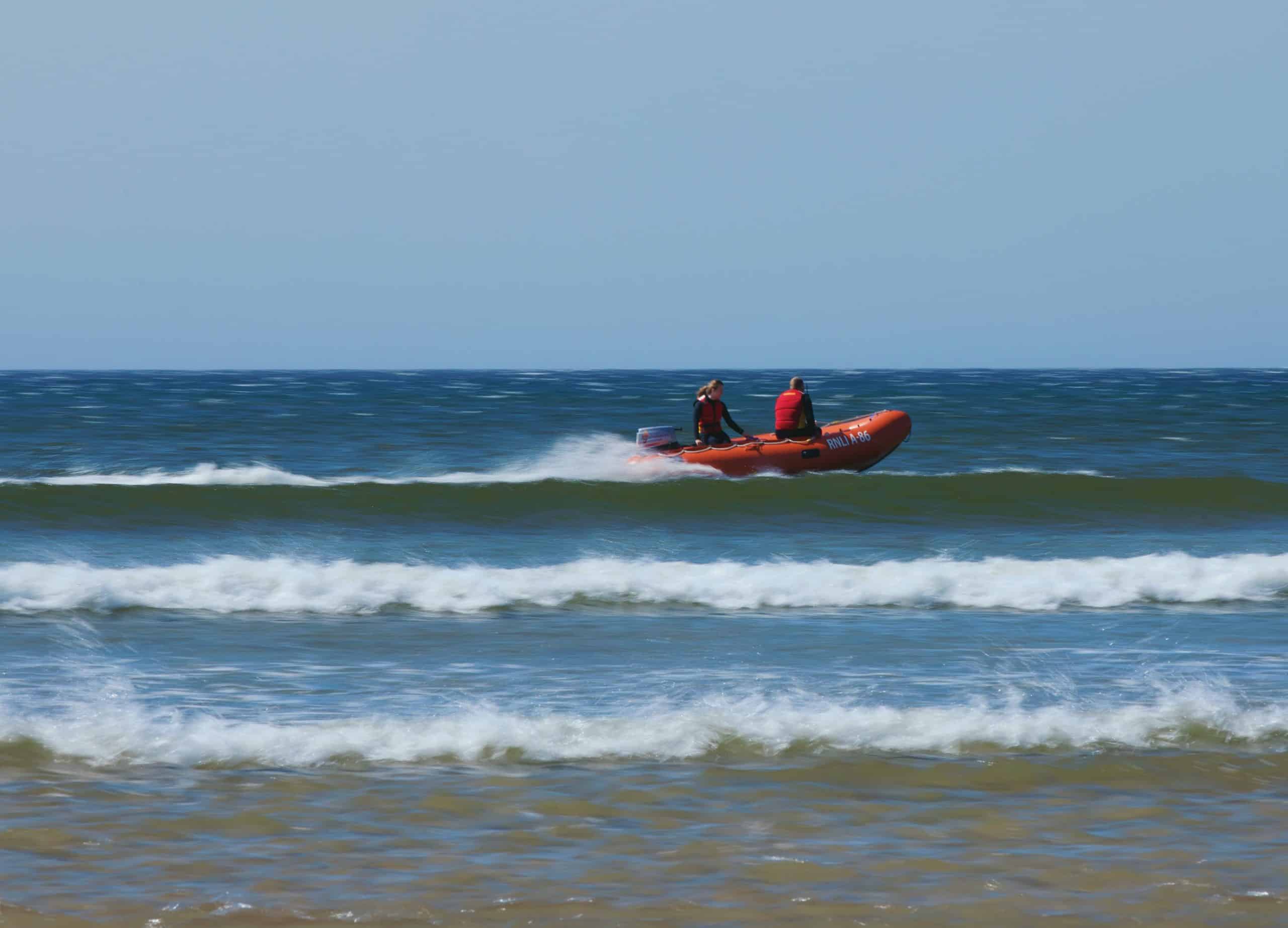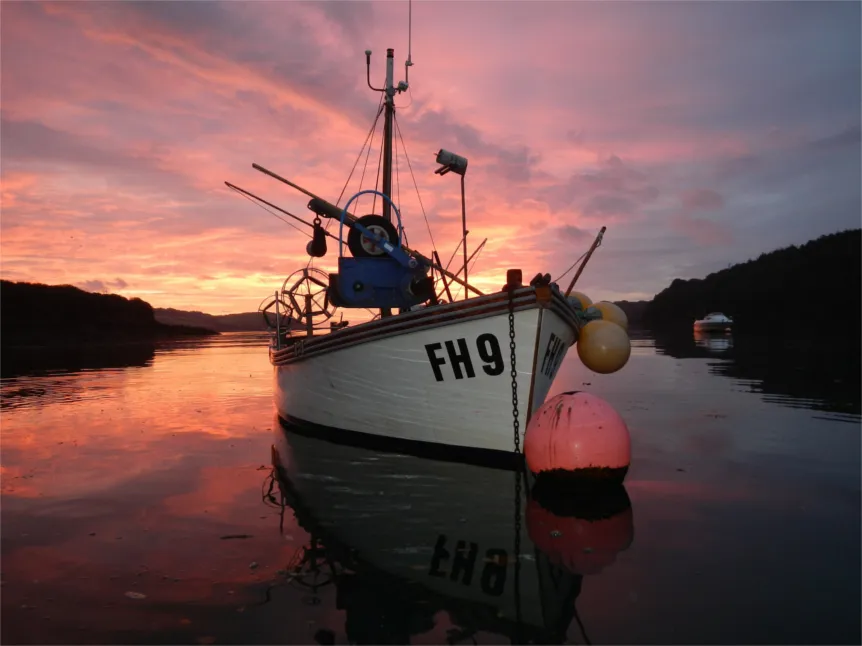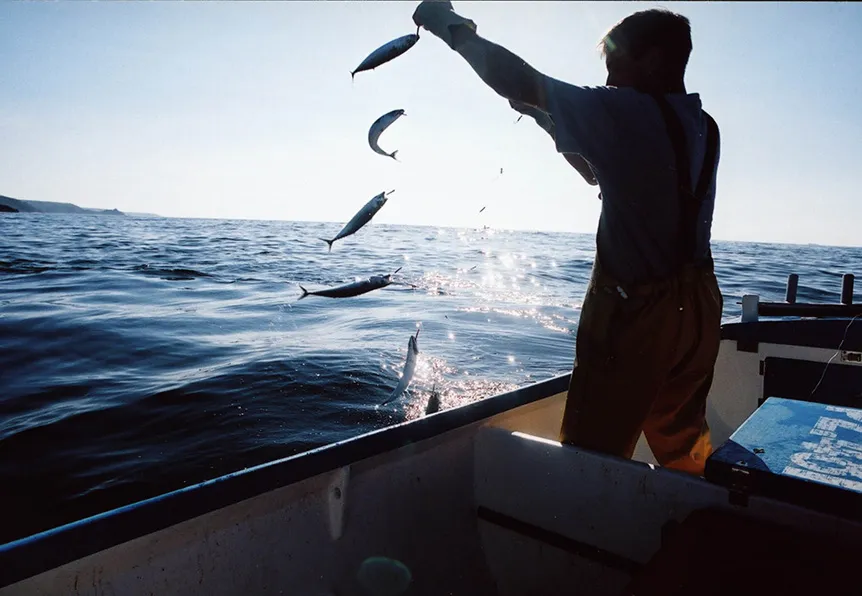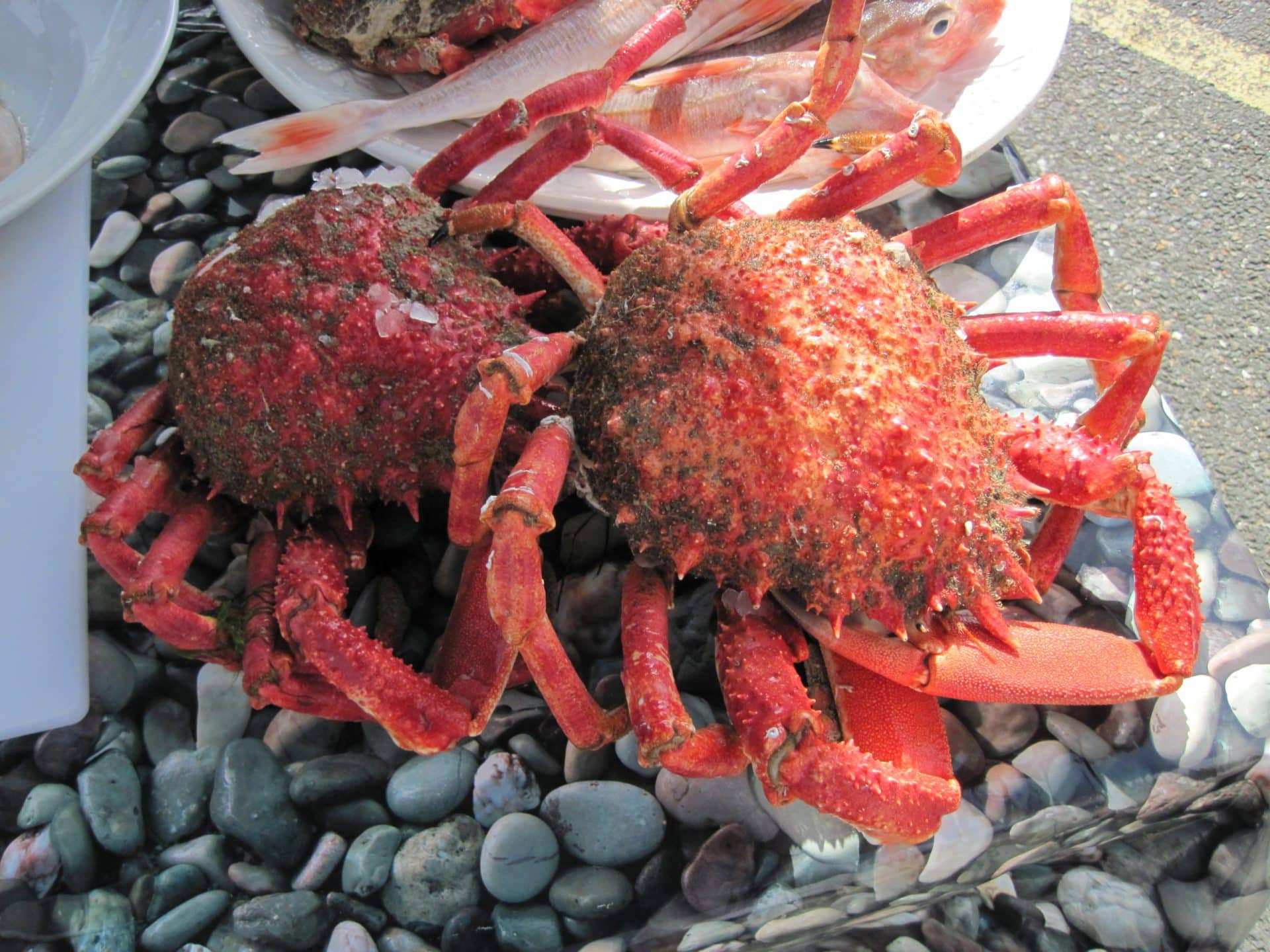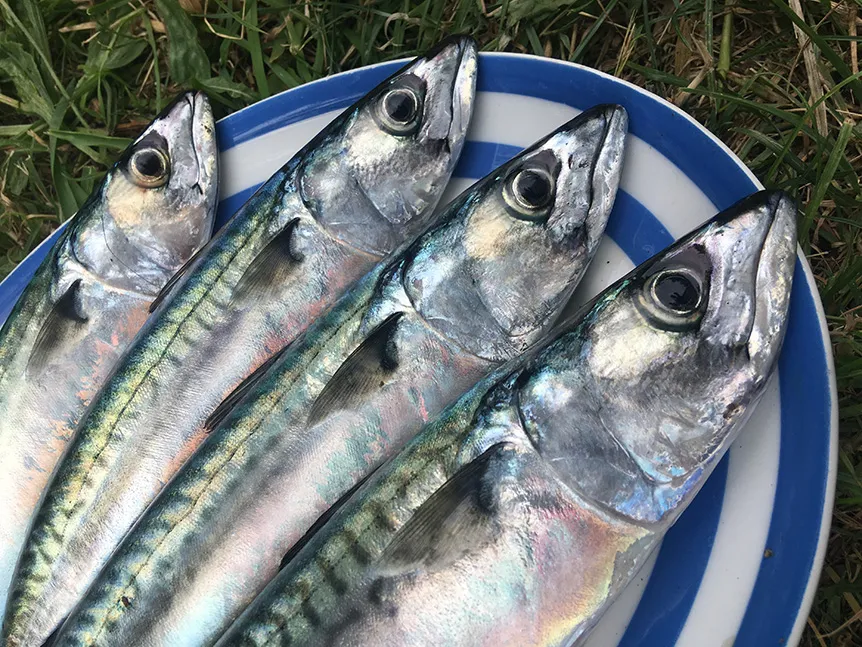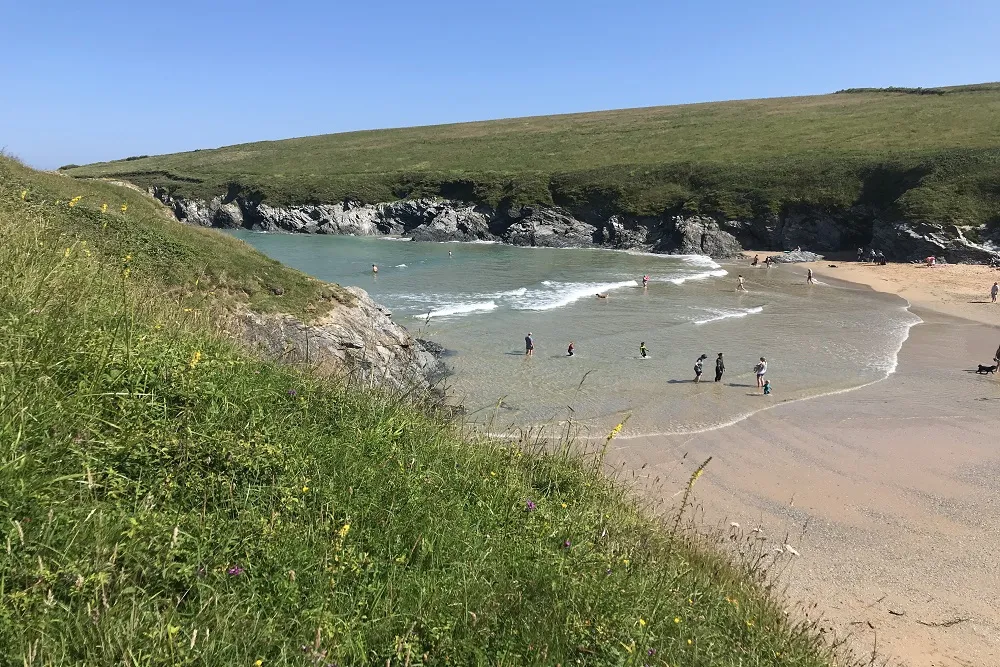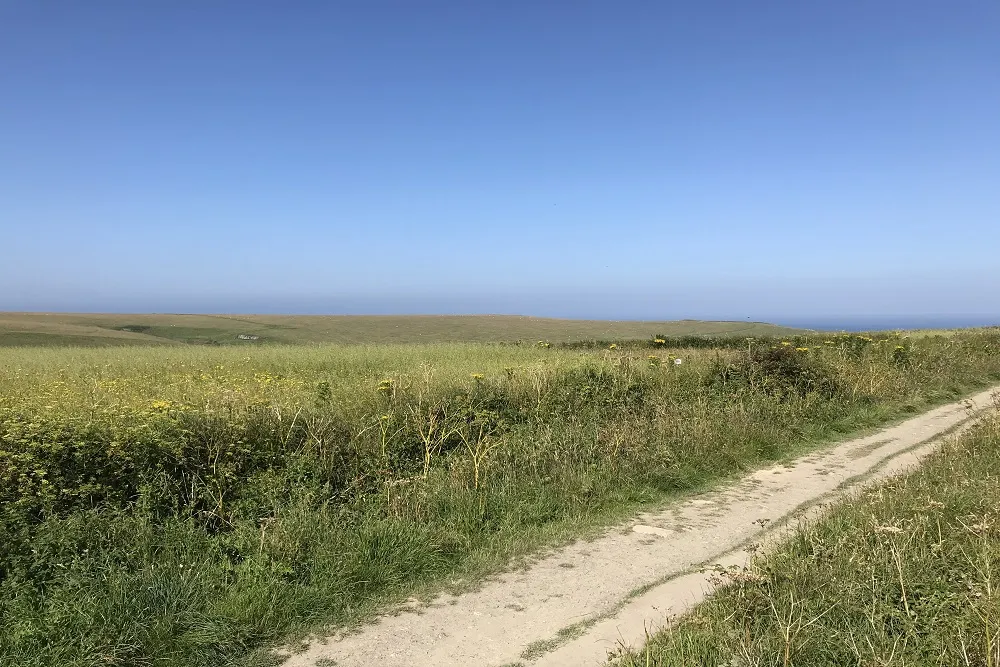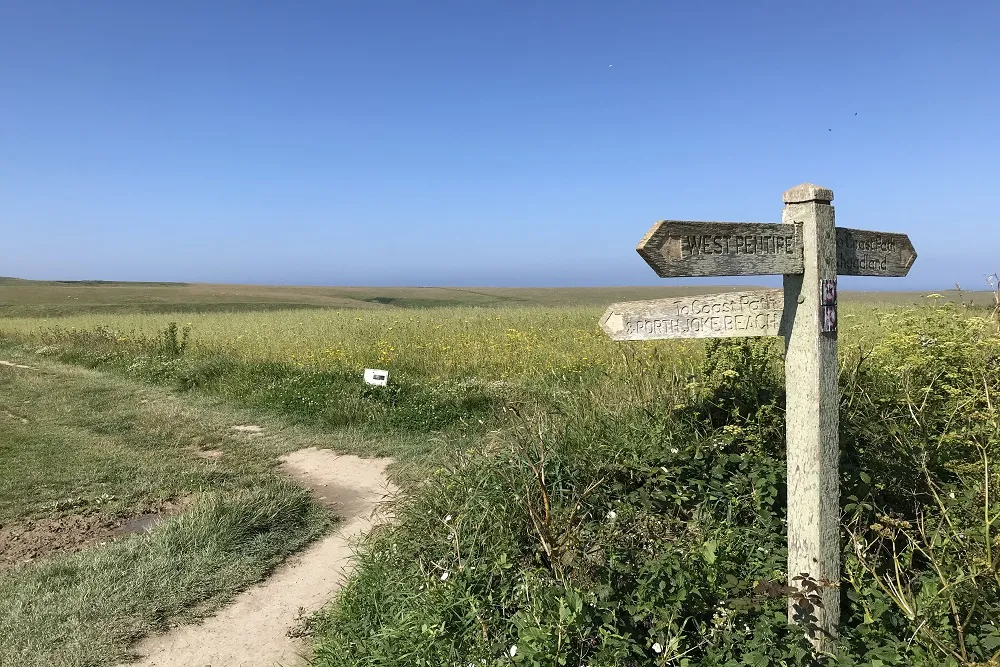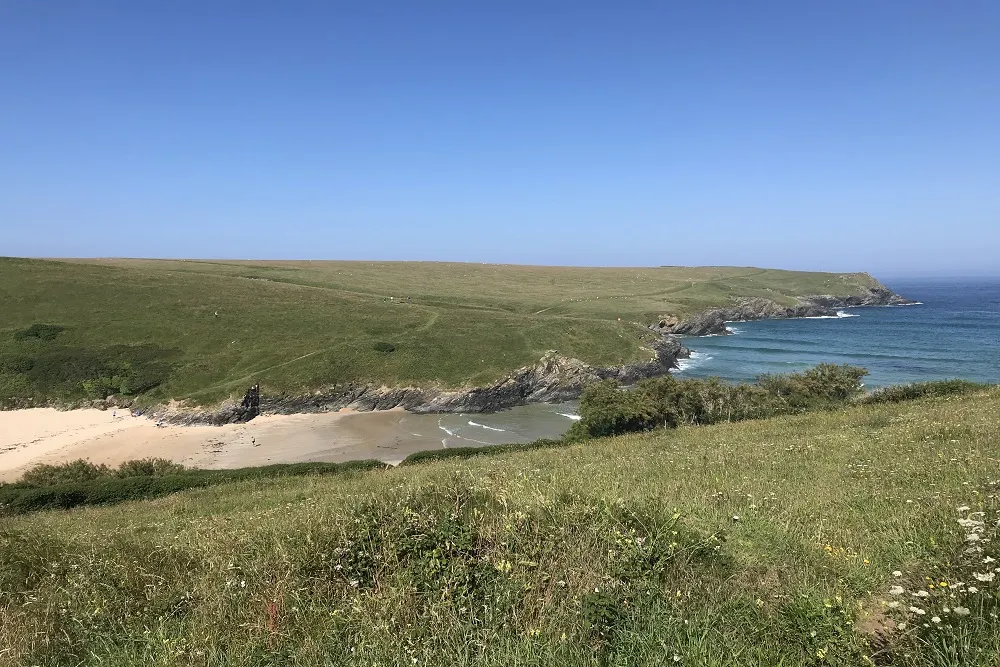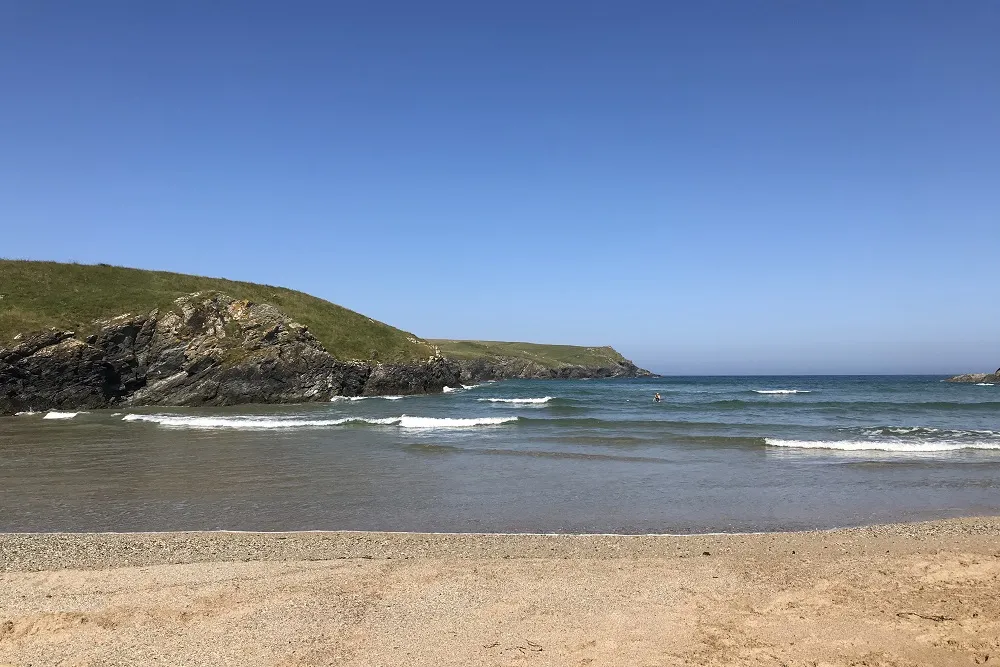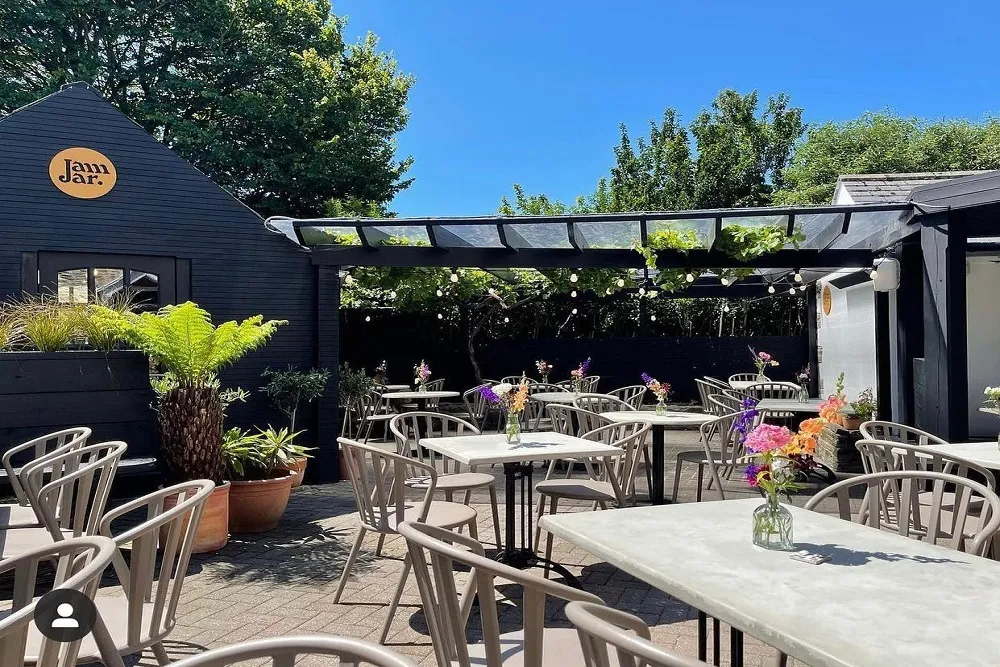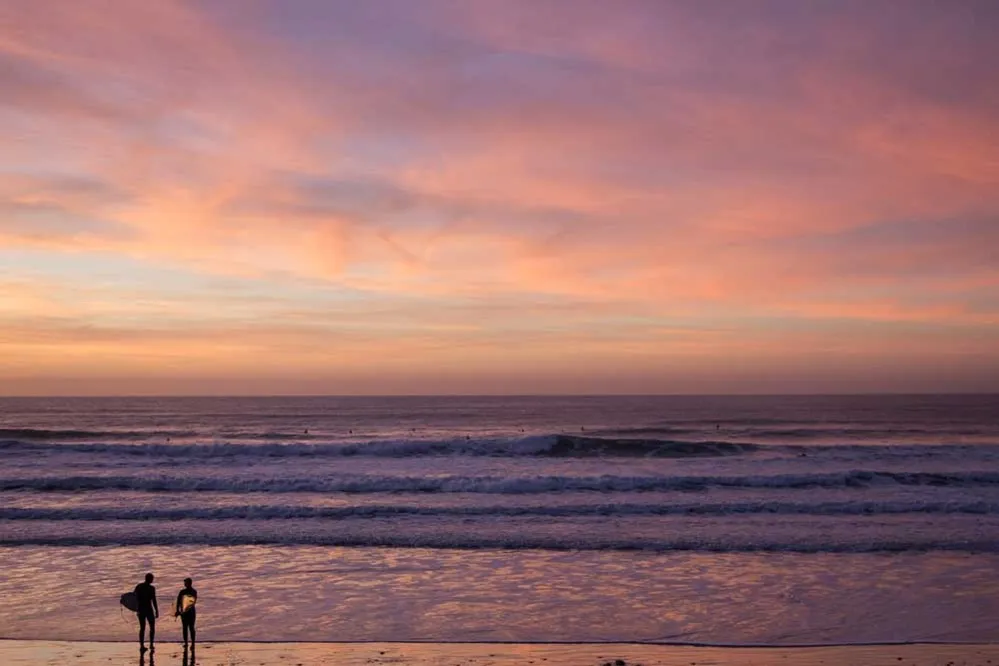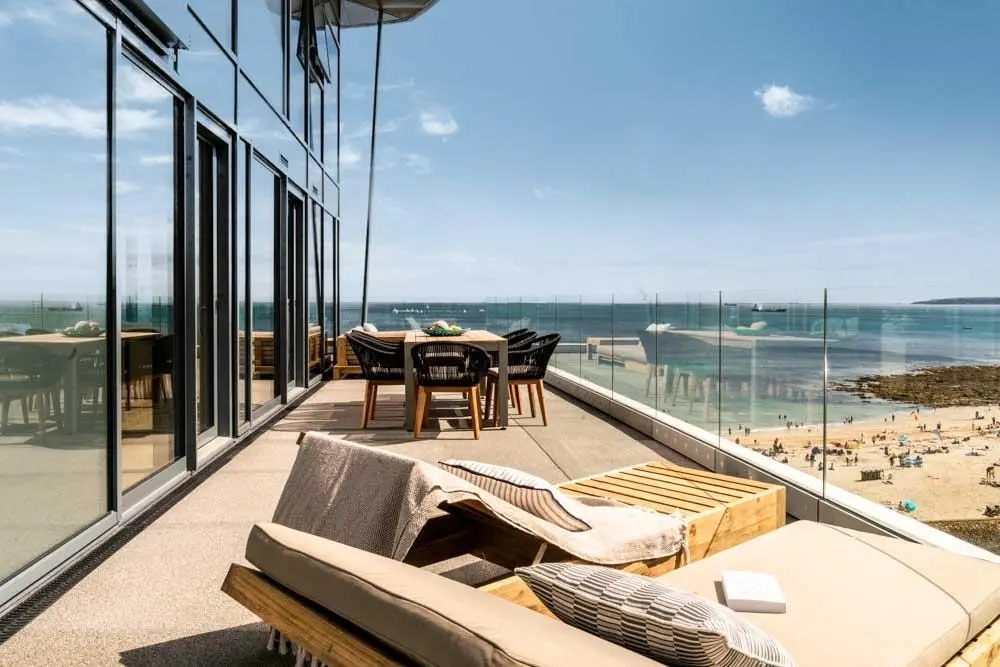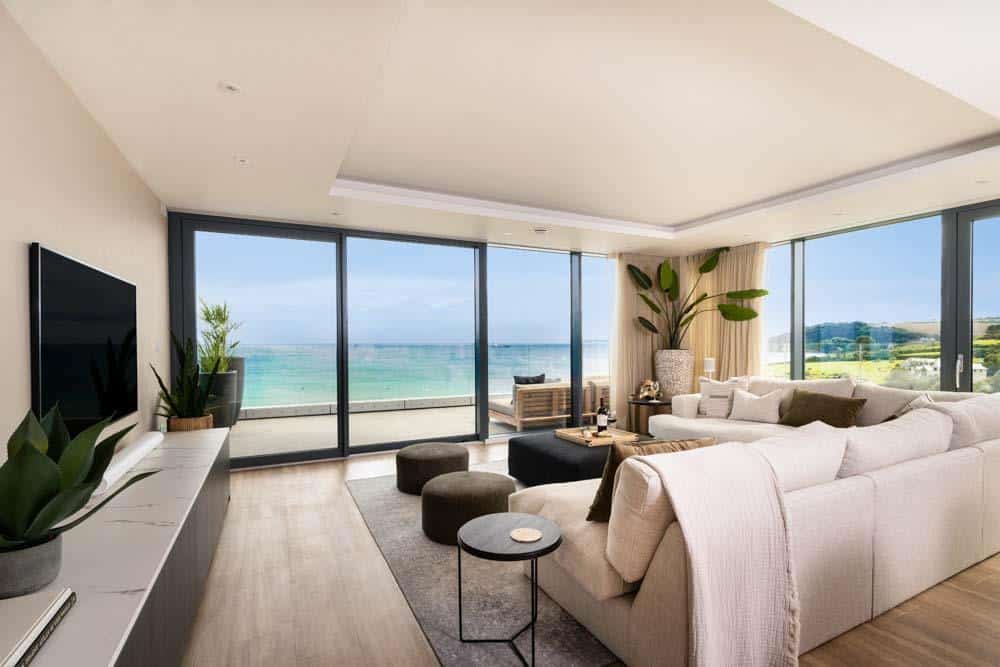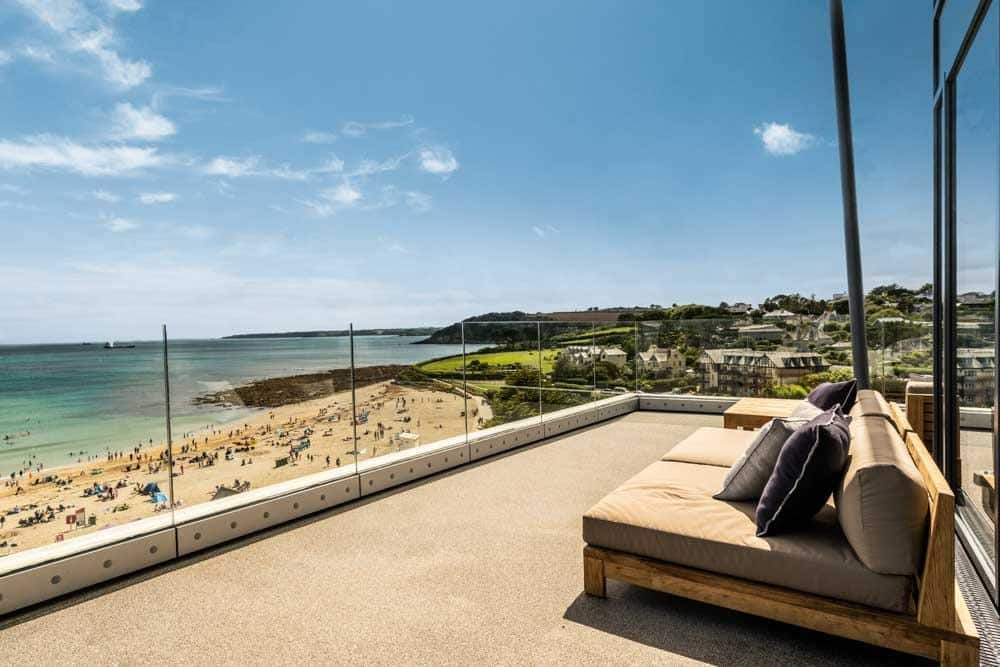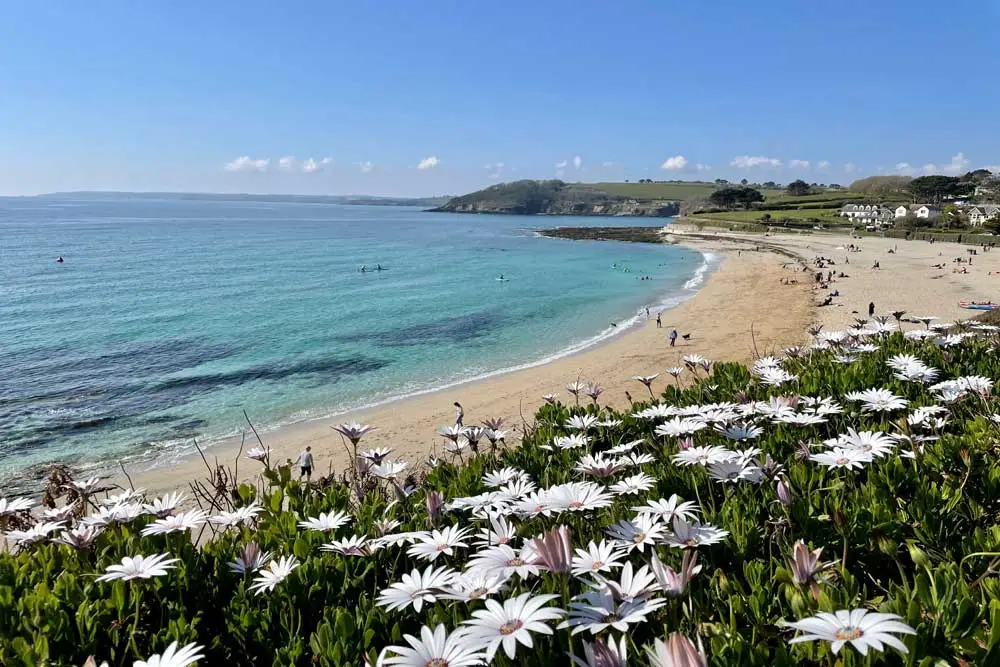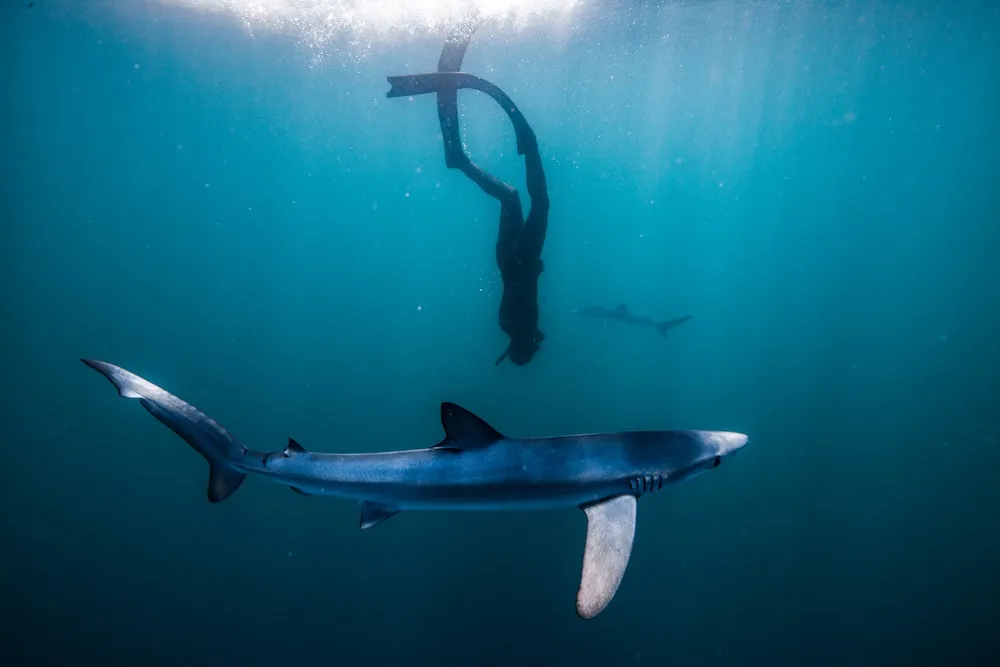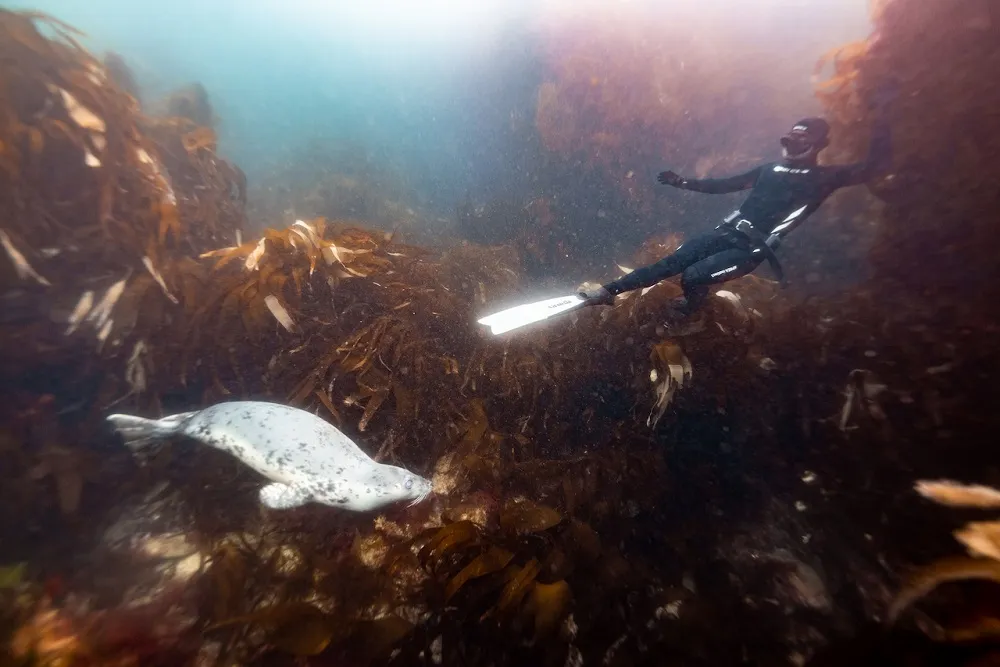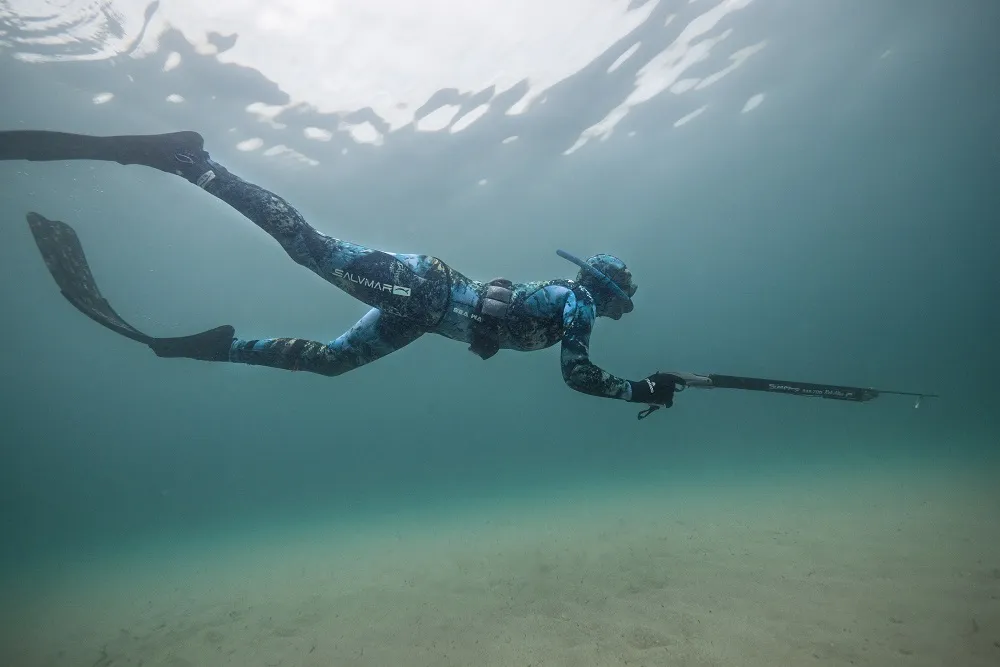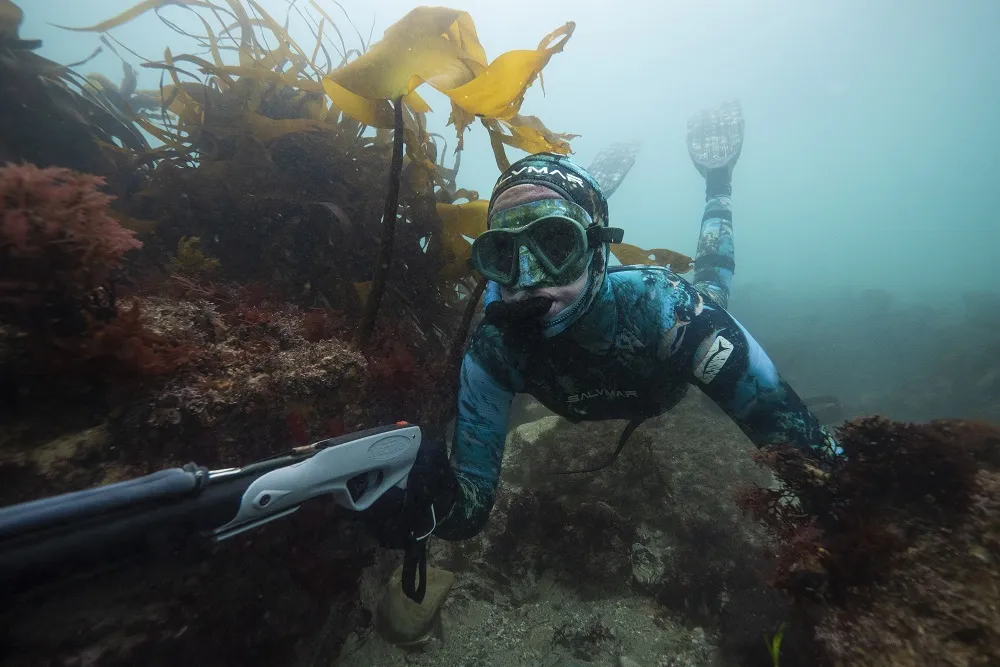We spoke to sea watcher and Royal National Lifeboat Institution (RNLI) lifeguard and supervisor Andrea Harvey about how we can decipher the signs of the sea: its waters, winds and swells, and the wondrous creatures that swim beneath…
When you imagine spending your holiday by the beach, you’re probably thinking golden sand, cerulean skies, and the distant murmur of lapping waves. It’s a picturesque image, but it’s just that – an image.
The real sea, the one that exists outside of postcards and holiday brochures, is far more vibrant and shifting. As Andrea, RNLI beach lifeguard and supervisor in Perranporth, Cornwall, tells us: “It’s not a cookie-cutter paradise place.”
Discover Perranporth. Check out our holiday lets in Perranporth.
Interested in staying in our most luxurious holiday cottages? Check out our luxury coastal cottages.
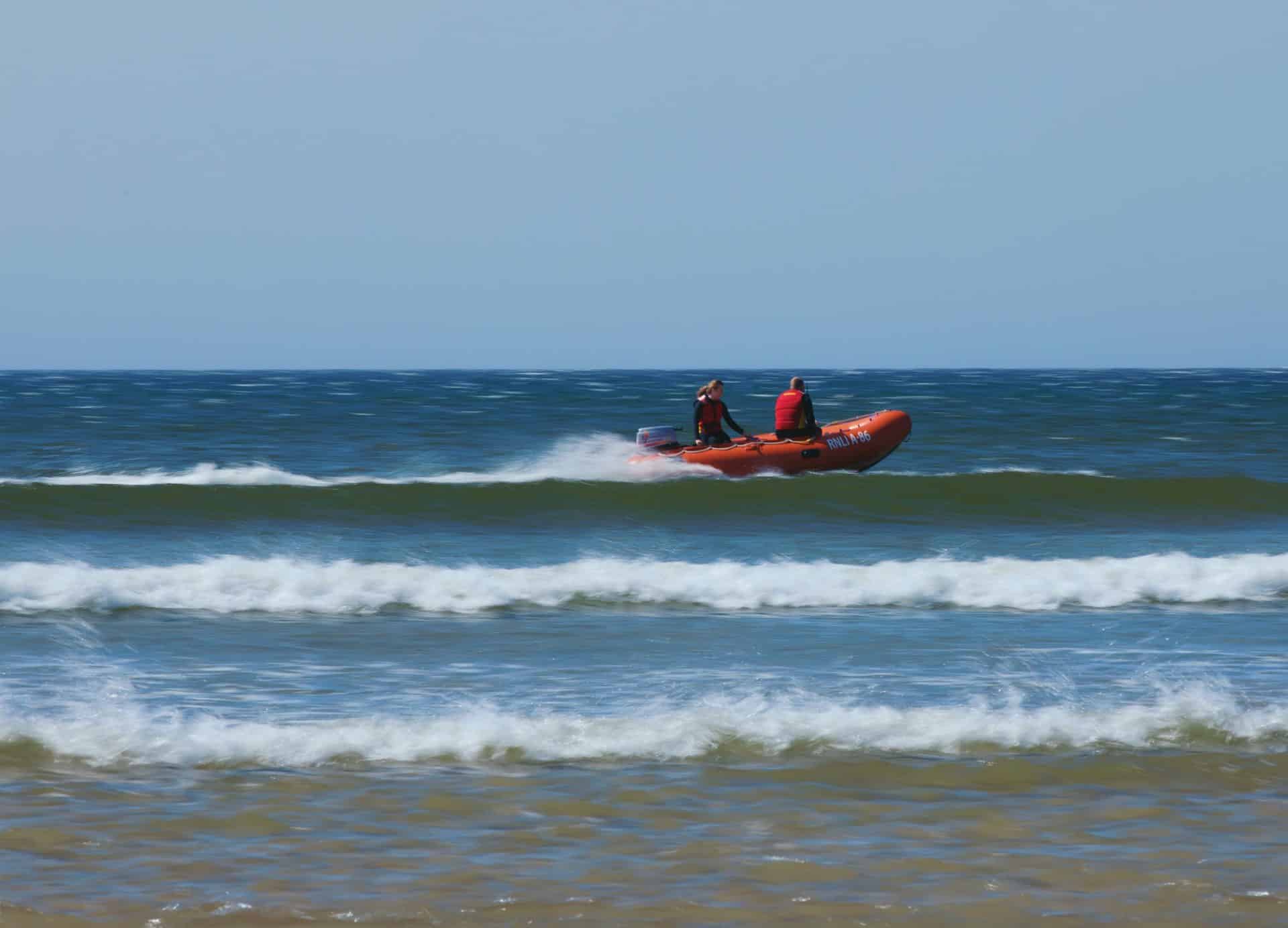
The sea is beautiful, yes, but it’s also “rustic and rough”. The winds, waves and tides are constantly changing, and strange creatures emerge from its watery depths. “Everyone wants to be near the sea in Cornwall,” adds Andrea with a wide smile. But can we learn how to read it?
See the swell, watch the wind
Being a lifeguard means constantly monitoring the sea, even when you’re at home. “You look up the conditions the night before to assess the individual beaches you’re working on to prepare for the day ahead,” Andrea says, “using apps like Magic Seaweed and Wind Guru” which report and forecast wind and swell directions.
“If it’s really windy, there’ll be lots of broken messy waves…less wind means cleaner, more defined waves”
The waves that you see breaking on the beach are influenced by several factors including the strength and direction of the wind, and the characteristics of the sea bed. The swell refers to a series of large waves travelling across the ocean before they reach the coastline and begin to form the waves that break on the beach. “If it’s really windy, there’ll be lots of broken messy waves and white water all over the place, and less wind means cleaner, more defined waves that break from a point and peel all the way along,” explains Andrea.
To know if a swell will affect the waves on the beach you’re going to, you’ll need to take into consideration the lay of the land and the swell direction: “If a beach is facing north and there is southerly swell the land mass will restrict the swells access to the beach; however there may still be waves due to the wind,” Andrea says.
“You can tell an awful lot just by sitting and looking at the water for a while.”
There aren’t any objectively ideal conditions: it all depends on what you want to do. “Light offshore winds and medium size swells are ideal for surfers but dangerous for kitesurfers, windsurfers and bodyboarders,” notes Andrea. If you’re just going for a dip, “light winds and 2-3 feet of surf are the best conditions to go in to have fun!”
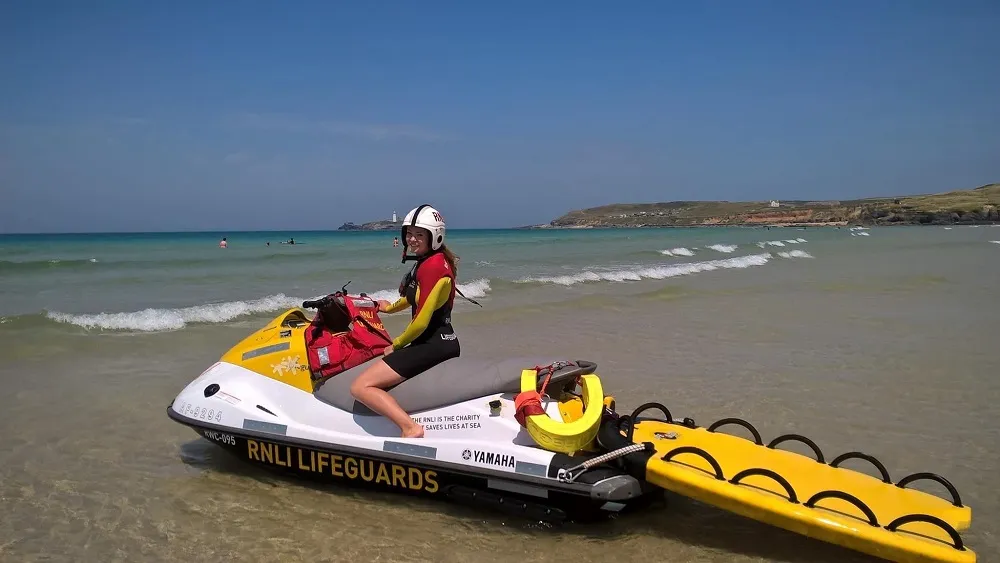
Written in the waves
But with your feet sinking into soft sand and your eyes drawn out to sea, you might not want to interrupt the moment by checking your phone. The appeal of a beach holiday is partly in immersing yourself in your surroundings: “You can tell an awful lot just by sitting and looking at the water for a while,” says Andrea.
If you’re itching to jump in the water after a long walk, cycle or car journey, try to resist the urge for a moment: instead, sit on the beach, soak up the sun and interpret the signs you see.
If you are heading in for a swim, learning to read the moments of calm can be more important than reading the waves. “Quite a lot of the time, people come down to the beach and they see lots of waves everywhere, then they see a nice seemingly calm tranquil patch in the middle and think ‘oh that would be the best place to swim’ – but actually, that’s straight into a rip,” says Andrea.
A rip is a fast, current running out to deeper water, which can reach speeds of 4-5mph; you might spot a rippled surface where no waves are breaking, darker coloured deeper water or bits of seaweed or debris floating on it, being pulled out to sea. Instead, Andrea advises to swim “where the waves are.”
“It’s not just the water itself that you can read; the sea and skies are home to creatures that even the locals are still learning to recognise.”
If you do find yourself in a rip current, the key thing is not to panic. Don’t try to swim against the current as you may become exhausted. Instead, lean back, extend your arms and legs, and float on the water. If you need to, gently move your arms and legs to help you float. Once you can control your breathing, you can call for help or swim to safety.
“With the sea temperature in the UK averaging just 12 degrees most of the year, there’s a chance you’ll feel the effects of cold-water shock when you first get in,” adds Andrea. The resulting increased heart rate or gasps for breath pass quickly, so relaxing and floating on your back is also a good tactic when the water is a little colder. That’ll reduce the chance of inhaling water and panicking.
Species spotting
It’s not just the water itself that you can read; the sea and skies are home to creatures that even the locals are still learning to recognise. Out at sea one day, Andrea was surprised by a “little fin coming through the water.’’ What she saw, however, was not a shark but a sunfish: a silvery, billowing orb of a fish that measures an incredible 11 feet and weighs up to 2.5 tons.
Their tendency to “lie on top of the water and sunbathe” means they are frequently mistaken for sharks. “They’ve got a really long floppy fin that looks a bit like a shark fin when it’s up in the air,” says Andrea.
“As a lifeguard, you quickly notice when things change and there’s new things going on”
Fortunately, sunfish are harmless. They like to feed on jellyfish, another creature that beachgoers may spot: strong winds and currents bring jellyfish to shore, explains Andrea, making their presence a marker of the recent conditions. And it’s not just surfers and jellyfish that are affected by the wind and currents: if it’s been stormy, you might stumble across a fluffy, whiskery little seal pup. “They’ll just come up to the beach for a little break,” grins Andrea.
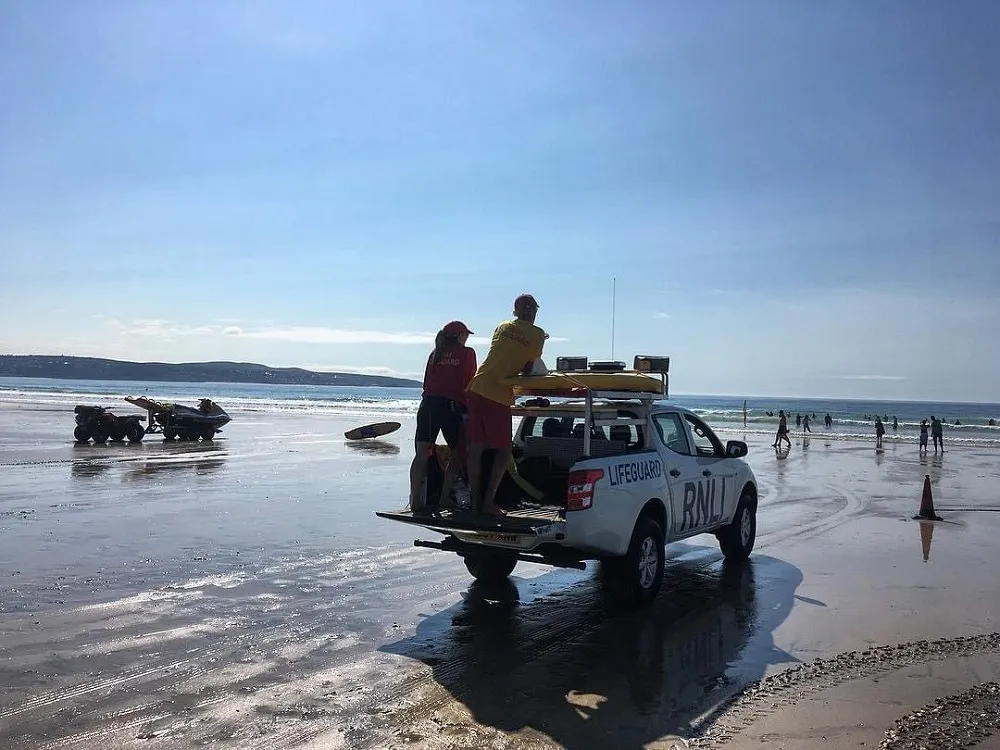
Soaking up the landscape
Sitting quietly on a patch of sand and taking in the skies and sea can be a surprisingly exhilarating experience. “As a lifeguard, you notice when things change and there’s new things going on,” says Andrea.
You can tune into the human and nonhuman life around you; this season alone Andrea has seen “a minke whale, dolphins, seals, a jumping tuna fish – usually they’re in shoals so that’s an exciting sight – and quite a few Cornish choughs.”
“Seeing how the tides, waves and winds affect beaches differently is a fascinating glimpse into the powerful forces that shape coastal environments.”
As an endangered species, spotting a chough takes patience, a true sign that you’re immersing yourself in the coastal landscape. These crow-like birds with red beaks and feet are literally the stuff of legend: it’s said that when King Arthur died, his soul left in the form of a chough. Even if you’re on a short break, try to give yourself the peace and quiet to stare out to sea as a lifeguard might: you never know what might emerge.
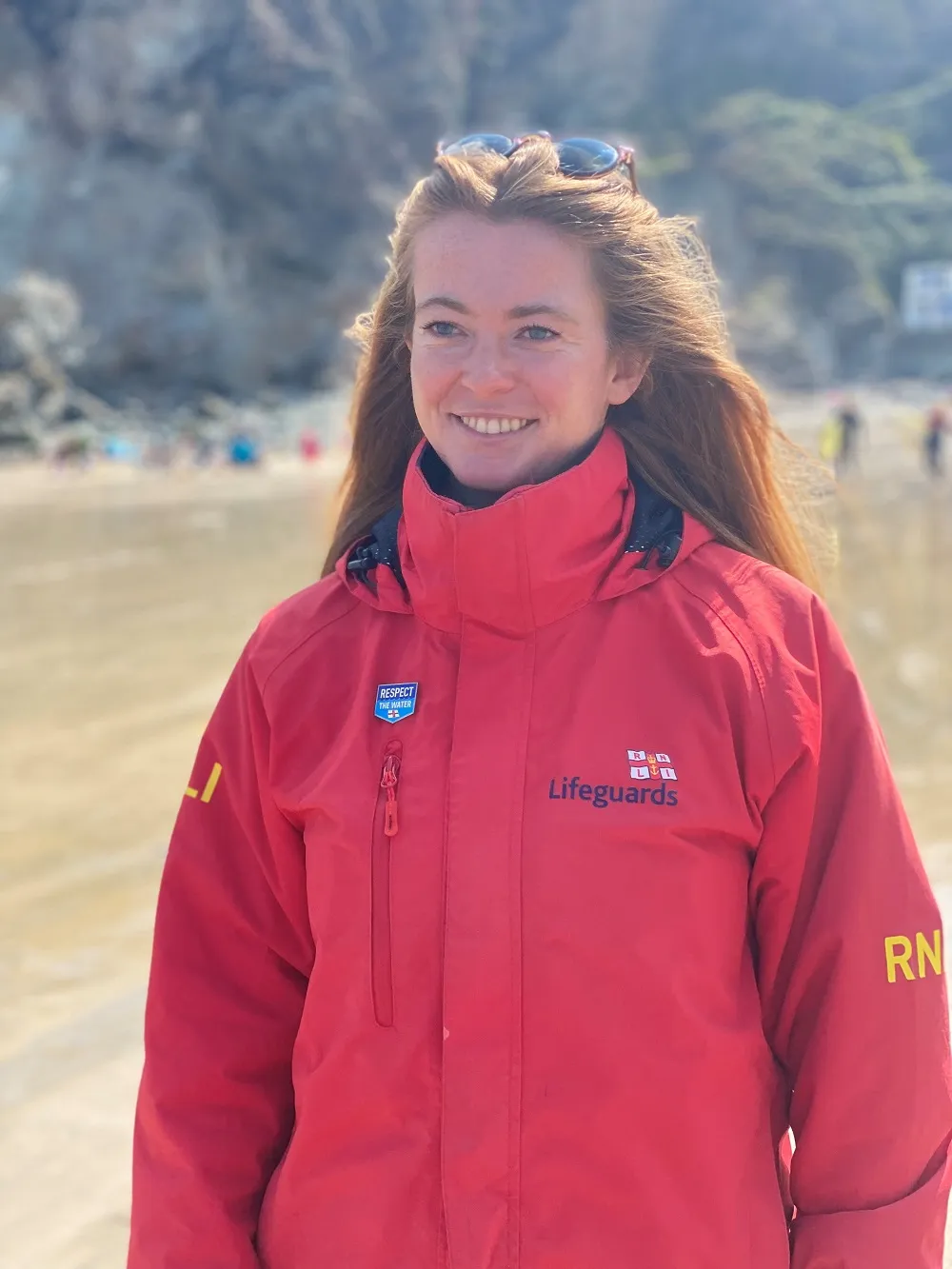
Coastal adventures
If you wake up one morning wanting to explore somewhere new, simply going from beach to beach can be an adventure. “It’s shocked me how different they can be on the same day. Some of them can catch quite a lot of surf, and some of them can be quite flat,” explains Andrea.
Seeing how the tides, waves and winds affect beaches differently is a fascinating glimpse into the powerful forces that shape coastal environments. It also means you can try out different activities; why not swim and sunbathe at one, and surf at another?
“Really, though, just being by the sea is the true adventure, even for those who know it well.”
But while it’s fun to celebrate the variety of beaches, it’s always best to try and stick to those that are lifeguarded, especially if you are planning on going in the sea. RNLI lifeguards operate on over 240 beaches across the UK during the peak summer season, so there’s plenty of choice: “Lifeguards have done all the thinking beforehand,” says Andrea, meaning that any potential hazards have been noted. There’ll be red and yellow flags showing you the safest place to swim, and you can chat to the lifeguards about any concerns you have.
Really, though, just being by the sea is the true adventure, even for those who know it well. If you stay alert to what’s around you, something unexpected is bound to appear – in water, on the beach or up in the air.
To find out more about the RNLI, how to stay safe and where to find your nearest lifeguarded beach, please visit: rnli.org/safety/beach-safety
Experience the captivating beauty of dawn and dusk along the Cornish coast, as we compare and contrast these magical moments in nature’s theatre.
